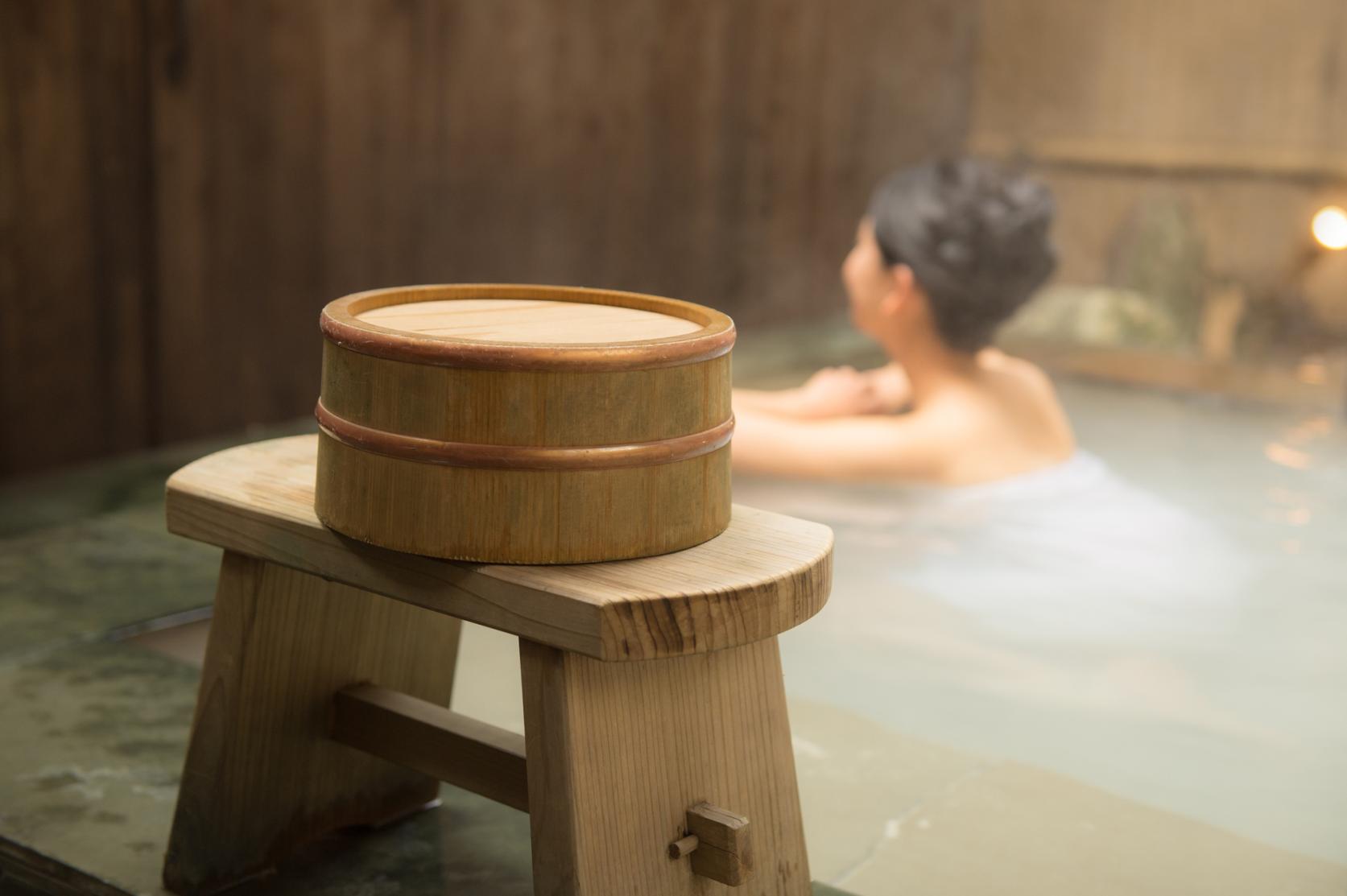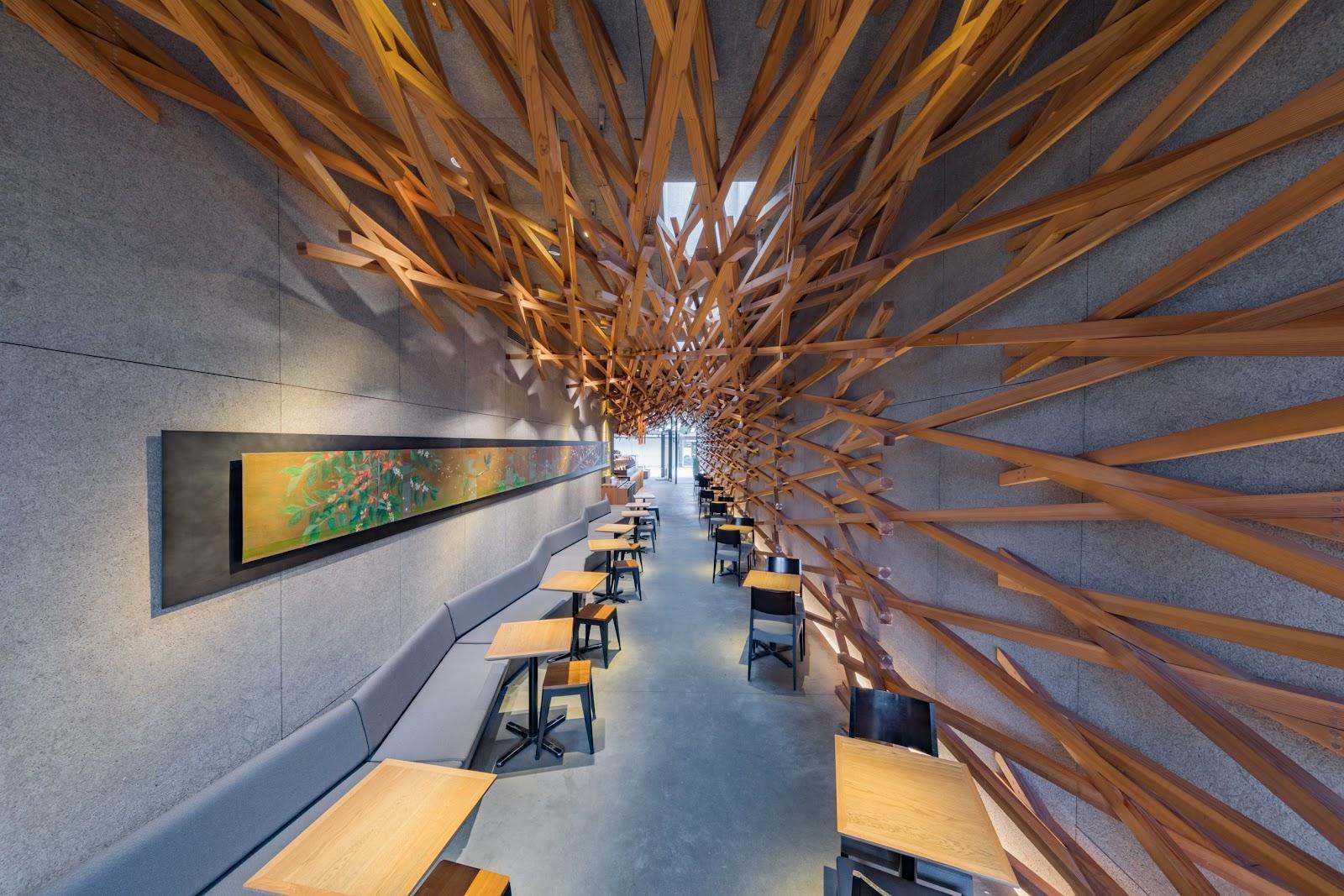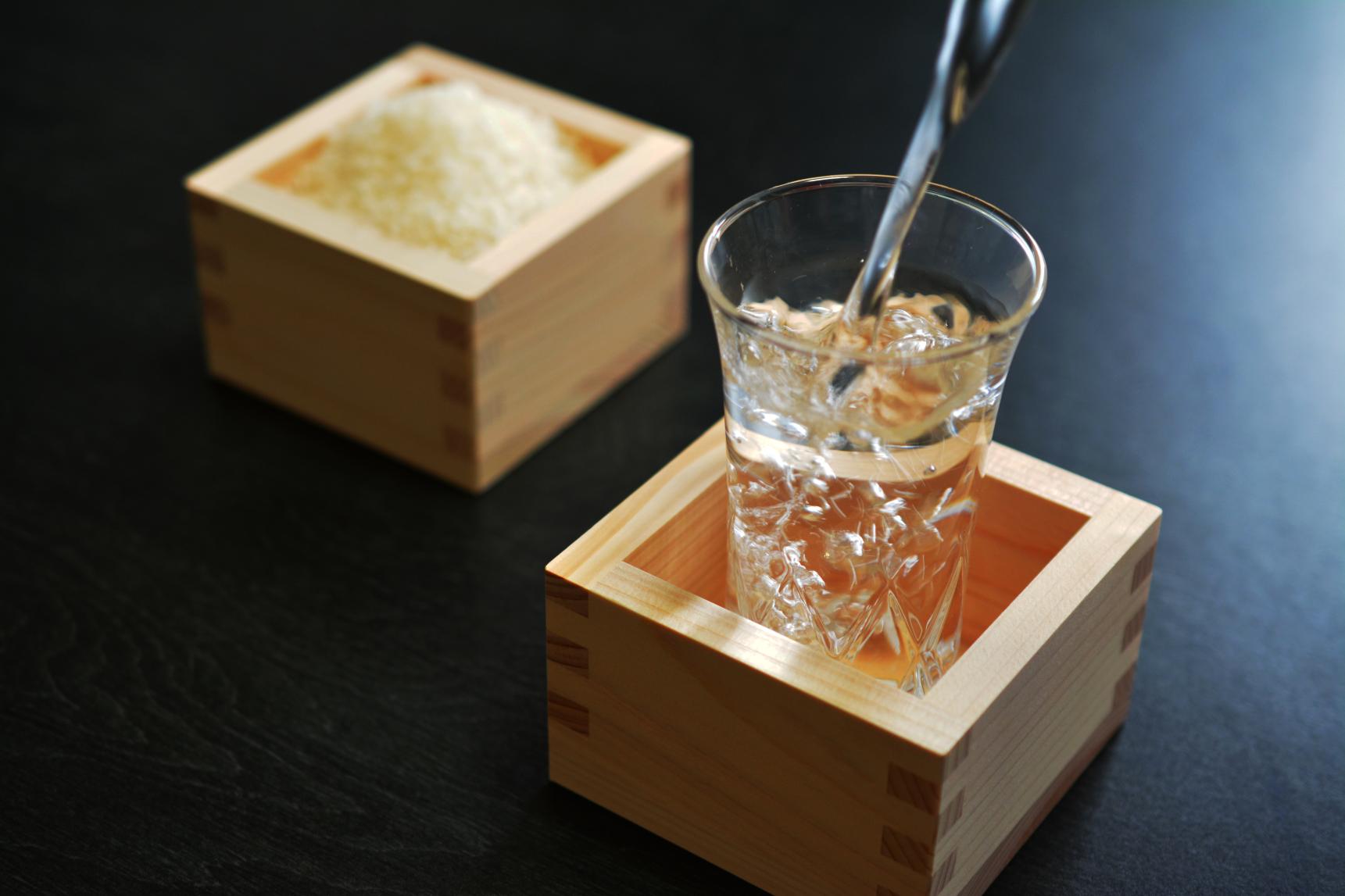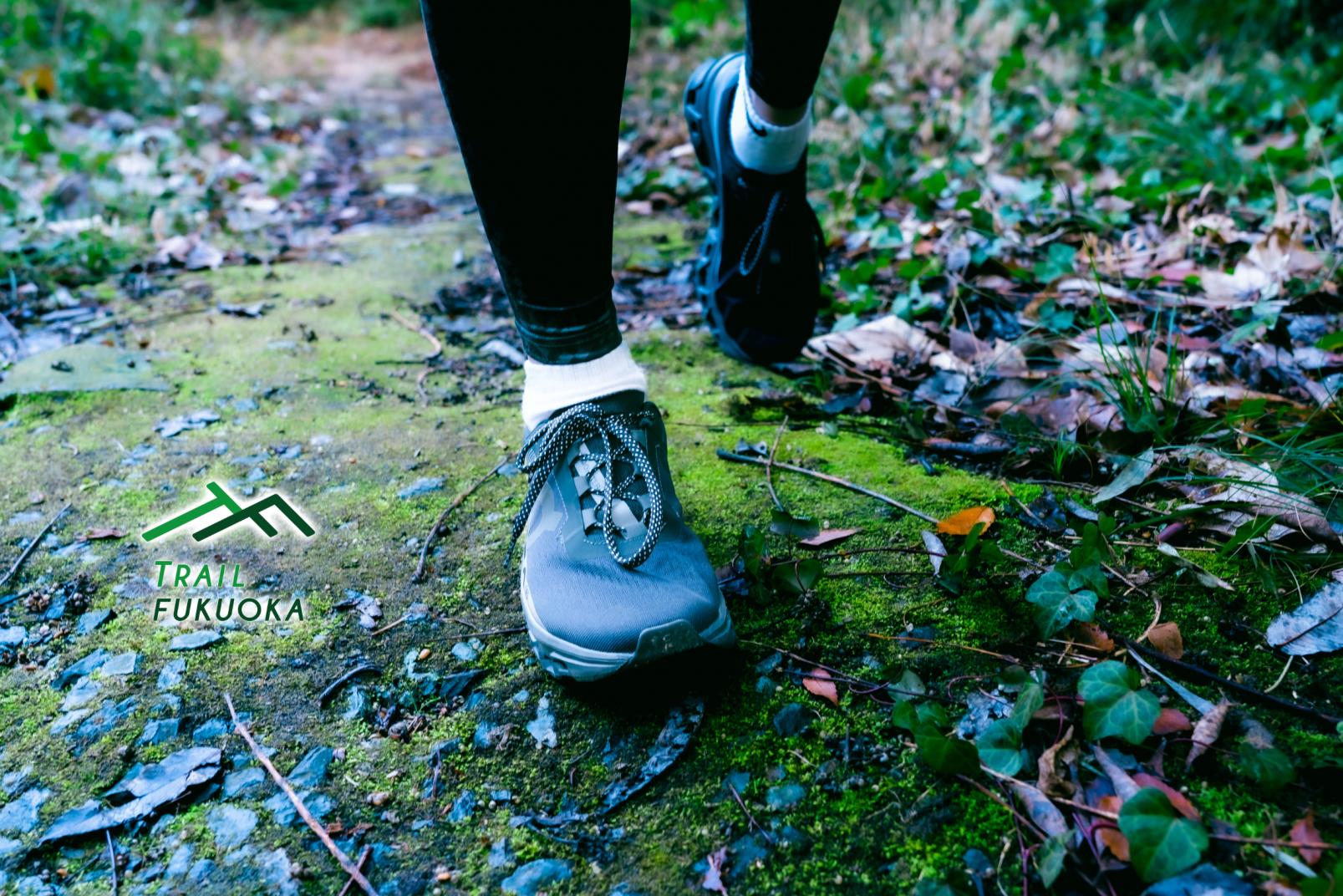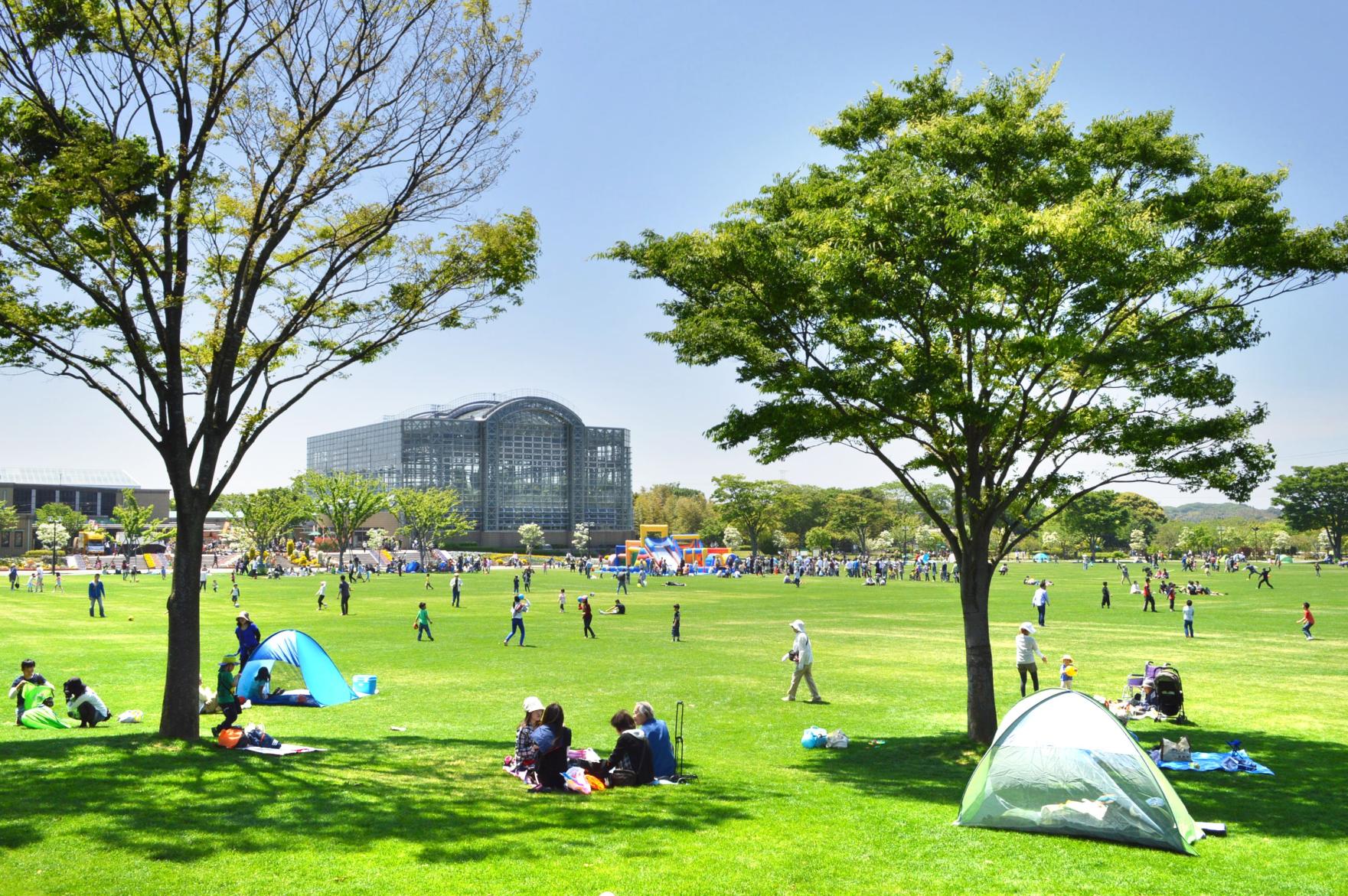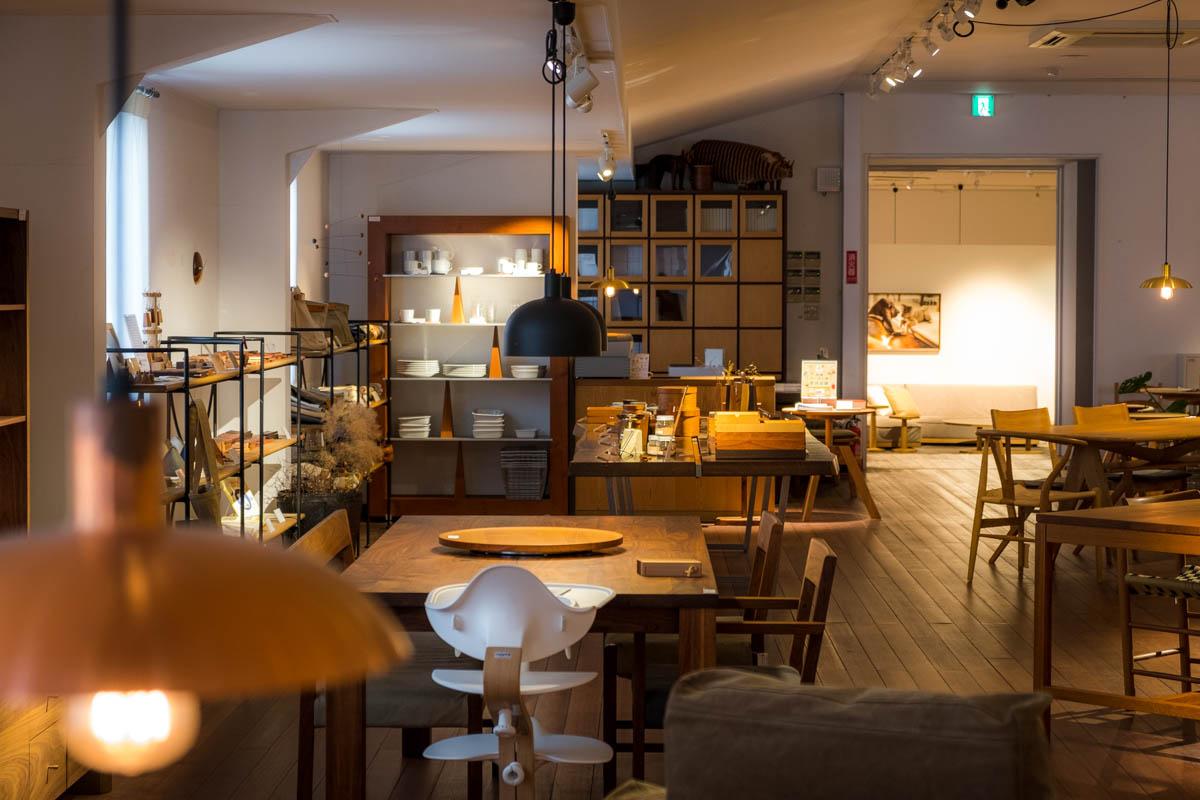
Explore Woodworking in Okawa, City of Furniture
Welcome to Okawa, a city in southern Fukuoka prefecture near the “city of water” Yanagawa. Located along the banks of the Chikugo River, Okawa is famous for its thriving woodworking industry, which dates back five centuries. The city is a hub for woodcraft and furniture-making, where many skilled craftspeople produce high-quality products using traditional techniques.
Here you can explore Okawa’s many woodworking shops and factories, watching artisans at work creating everything from pieces of furniture to traditional wooden crafts. Some of these places also offer hands-on workshops where you can learn about the woodworking process more in detail and try your own hand at crafting a customized item.
If you have an interest in woodworking, interior design or simply appreciate fine craftsmanship, be sure to visit Okawa when traveling through Fukuoka prefecture.
Okawa Furniture’s Ancient History of Wood Joinery
The roots of what is known throughout Japan as “Okawa Kagu” (大川家具) or Okawa Furniture, date back to the Muromachi period.
Okawa is situated at the estuary where Kyushu's largest river, the Chikugo River, flows into the Ariake Sea, and has been a strategic point for marine transportation since ancient times. Many boats gathered at the harbor, and skilled ship carpenters used to live in the area. So how did Okawa develop from a port town to a city with a thriving woodworking industry and the highest furniture production in Japan?
In 1536, Enokizu Kumenosuke, who was the brother of the late Muromachi-period shogun Ashikaga Yoshiharu's vassal, instructed his retainers to leverage their ship carpentry skills to create sashimono (joinery, a general term for joining together pieces of wood to produce more complex items, without using nails or other fasteners). During the Edo period, Okawa was called Enokizu, so this furniture, which marked the beginning of Okawa Furniture, is also called Enokizu sashimono.
High-quality wood transported from the Chikugo River's upper reaches was processed and shipped throughout Japan from the port. Artisans with expertise in wood-processing and painting were summoned, and the city around the river became known as a town of woodcrafters. As various techniques and materials from all over the country converged, Okawa eventually developed an all-purpose woodworking industry and has continued to manufacture countless pieces of furniture and fixtures to this day.
Walk Across the Landmark Chikugo River Lift Bridge
The Chikugo River played an important role in the development of Okawa’s furniture industry, so it’s no surprise that one of the symbols of the city is a bridge. And not just any bridge – the Chikugo River Lift Bridge (昇開橋 Shokai-kyo) is one of the largest elevating movable iron bridges in the world and the oldest movable bridge in Japan, designated as an Important Cultural Property of Japan in 2003.
The bridge was originally built in 1935 for the former Japanese National Railways Saga Line. The construction’s movable elevating system was adopted to allow trains to cross the bridge over the vast river, which at the time was subject to extreme tidal fluctuations, without impeding the passage of large vessels that frequented the area. In 1987, the bridge was closed, ending its role as a railroad bridge. It reopened in 1996 as a promenade, thanks to the strong desire of local residents to preserve it as a beloved symbol of the town.
From 9 am to 4:30 pm, you can walk across the Chikugo River Lift Bridge to reach the town of Morodomi (in Saga prefecture) on the other end, where you will arrive in a peaceful park. When visiting the bridge, you may also have the chance to see it rise to let a ship pass under it. The bridge is illuminated at night, making it a spectacular sight and a great opportunity for some unique shots at sunset.
https://www.shoukaikyou.com (Japanese website)
Accessible from JR Saga Station by Saga City Bus (25 minutes, get off at Shokaikyo-mae 昇開橋前, on the Saga side of the bridge) or from Nishitetsu Yanagawa Station (25 minutes, get off at Okawa-bashi 大川橋).
Begin Your Woodworking Journey at Okawa Terrazza
When visiting Okawa, it’s a good idea to start your exploration from Okawa Terrazza (大川TERRAZZA). Located at the foot of the Chikugo River Lift Bridge, it serves as a tourist information center where you can find all the information you need to enjoy Okawa, such as maps and a variety of brochures about tourist attractions, events, restaurants, and furniture stores that match your tastes and any specific items you might be looking for.
At Okawa Terrazza you can also try your hand at various crafts, such as kumiko 組子, a traditional Japanese technique that involves interconnecting intricately carved wooden pieces together to create a finished panel, without the use of glue, nails, or any other external tools. Pre-cut wood comes in kits so that anyone can assemble a design simply by following the instructions. Each piece is very precisely planed and cut by Okawa’s artisan hands, to fit perfectly in the gaps between each piece of wood.
In addition to kumiko, there are also kits for making mini chairs. All of the woodworking workshops are easy enough for kids to participate in as well, so this is a great place to take your family for some fun activities.
Okawa Terrazza was built following a simple design concept using containers, inspired by the freight trains that once passed over the bridge. Inside the facility, you can take a break at their café and taste products made from Amao strawberries, a local specialty.
Access to Okawa TERRAZZA is free. Open from 10 am to 5 pm (closed on Monday).
https://www.okawa-kagu.net/en/terrazza-en/
2525-2, Mukaijima, Okawa City, Fukuoka Prefecture
Accessible by bus from Nishitetsu Yanagawa Station (20 minutes, get off at Kokusai Iryo Fukushi Daigaku-mae 国際医療福祉大学前 or Nakahara Takagi Byoin-mae 中原高木病院前) or from JR Saga Station (30 minutes, get off at Nakahara Takagi Byoin-mae 中原高木病院前).
Seki Furniture: Signature One-Piece Products
On your way to Okawa, you will be welcomed by the big yellow signs of Seki Furniture (関家具 Seki Kagu), one of the city’s most famous and largest furniture stores, with showrooms in Fukuoka, Tokyo, and Osaka. Seki Furniture was founded in 1968, both as a manufacturing company and as a wholesaler and retail business, bringing together several brands under one roof. Their brand color, yellow, perfectly conveys their proactive and challenge-oriented spirit.
Seki Furniture is distinguished by its high level of technology and breadth. Among their brands, Atelier Mokuba produces one-piece wooden tables and other products manufactured in-house, while CRASH, created by their design team, manufactures interior collections with a playful and experimental angle, targeting a younger age group. And Seki Furniture’s creativity goes even further with its most unique (and no doubt cutest) project PETTO, a brand dedicated to making pet goods designed to match the interior of their owners’ homes. Check out their pet-oriented products if you (and your pet) appreciate coordinated design!
Seki Furniture’s signature products are Atelier Mokuba's one-piece wooden boards, which are very popular both in Japan and overseas. Seki Furniture handles the entire process from procurement of lumber, management of the lumber, processing, and production.
The lumber comes from all corners of the world, and once processed, the planks are stored in a large warehouse in Okawa – choose your favorite to commission your custom-made dining table!
One consistent feature of these tables is that the table legs are not screwed or bolted down. In fact, the flat tabletops are designed so that their owners can flip them over and admire the beauty of the wood from both sides.
Seki Furniture’s main store in Okawa comprises several buildings and offers a wide range of products, including original items as well as items from well-known domestic and international manufacturers. With a total sales floor area of 1,500 m2 and some 30,000 products on display, you can easily spend the whole day there shopping (don’t worry, there’s also a café where you can take a break).
Seki Kagu Ogawa Flagship Store is open every day from 10 am to 6 pm.
https://www.sekikagu.co.jp (Japanese website)
172-3 Hataho, Okawa City, Fukuoka Prefecture
Accessible by bus from Nishitetsu Yanagawa Station, get off at Hataho (幡保).
Hiromatsu Furniture: Vintage Wood and Zero Waste
Hiromatsu Furniture's philosophy can be summarized in two words: natural and simple. Their design focuses on the concept of “nostalgia for the good old days” and aims to make you feel at home. If you are looking for furniture really meant to be used in everyday life, then this is the brand for you. Hiromatsu Furniture is very selective about the quality, combination, and feel of the materials, whose vintage charm is deepened by use over time. With minimal varnishing or clear coats, each piece of furniture honors the original wood to bring out the natural warmth of the raw material.
Hiromatsu Furniture also specializes in children’s furniture with a whimsical and fun touch, demonstrating the company’s attention to their customers. Kids will love these pieces featuring movable eyes and mouths to make them smile or frown.
Artisans at Hiromatsu Furniture have challenged themselves with furniture for pets, too. Their cat sofas faithfully recreate in miniature the human-sized furniture they currently produce.
Hiromatsu Furniture’s showroom is located above their main factory in Okawa. Each of the items at Hiromatsu Mokko is sold under its own brand name, and all of the furniture is cut, sanded, and assembled on the production floor under the store. That area is normally off-limits to visitors, but it is occupied by lots of young men and women working on various furniture items with youthful energy. The atmosphere is very laid back, reflecting the relaxed, natural atmosphere of the company and the store itself.
Hiromatsu Furniture is also a big believer in the zero-waste ethic, trying to use as much of the wood as possible. They have a renewal project in which artisans use scrap wood to craft items such as accessories. When the product is sold, half of the profits are returned to the collaborator who provided the raw material.
Even more creatively repurposed are their small wooden balls, made with wood cuts from the furniture. The balls aren’t varnished, so over time they absorb oil from your hands and gradually change color as you handle them. The balls are sold by 100 grams, so they can be used as decoration or as stress balls, and they make a lovely, light Okawa souvenir to bring home if you don’t want to purchase larger furniture.
Factory Shop Hiromatsu in Okawa is open from 10 am to 5 pm (closed on Tuesday).
https://shop.hiromatsu.org
174-1 Onikoga, Okawa City, Fukuoka Prefecture
Accessible by bus from Nishitetsu Yanagawa Station or JR Saga Station (around 30 minutes or 50 minutes, get off at Kaneki 兼木).
How to Get to Okawa
All the locations in Okawa listed in this article can be reached by bus within 20 minutes from Nishitetsu Yanagawa Station 西鉄柳川駅 (around 40 minutes from Nishitetsu Fukuoka Station).


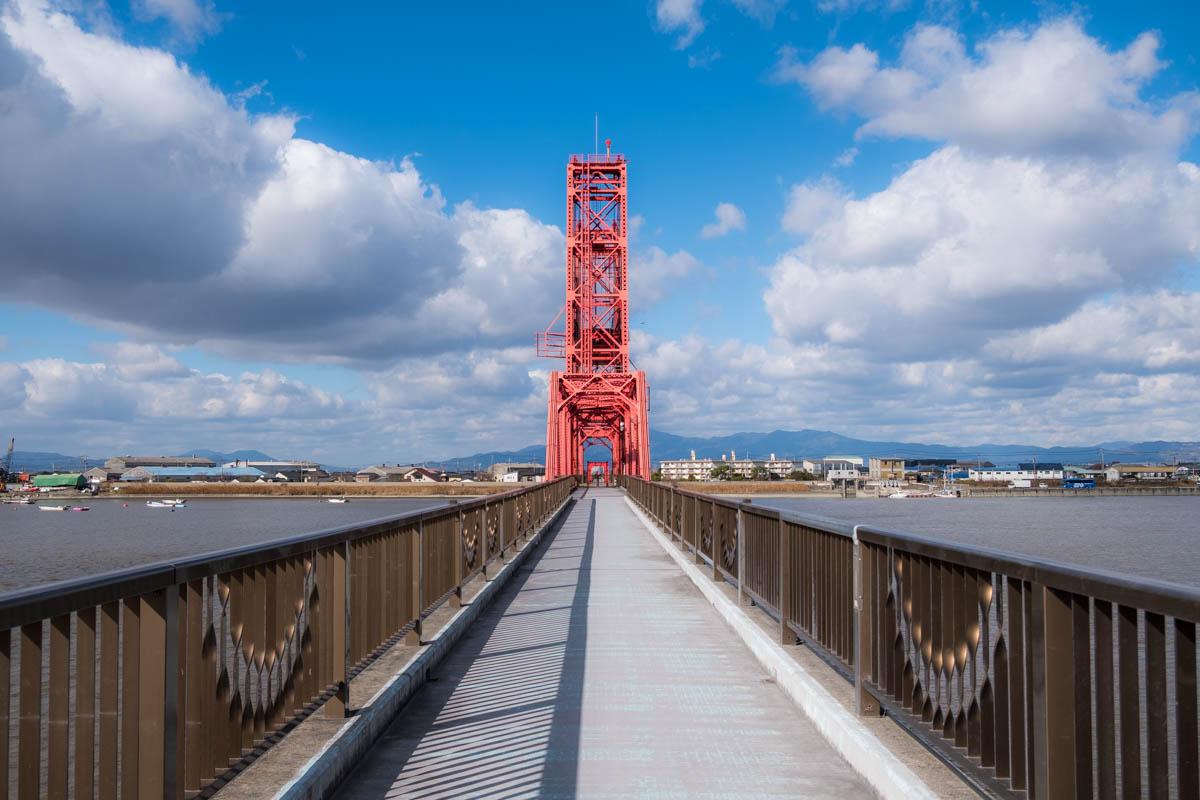
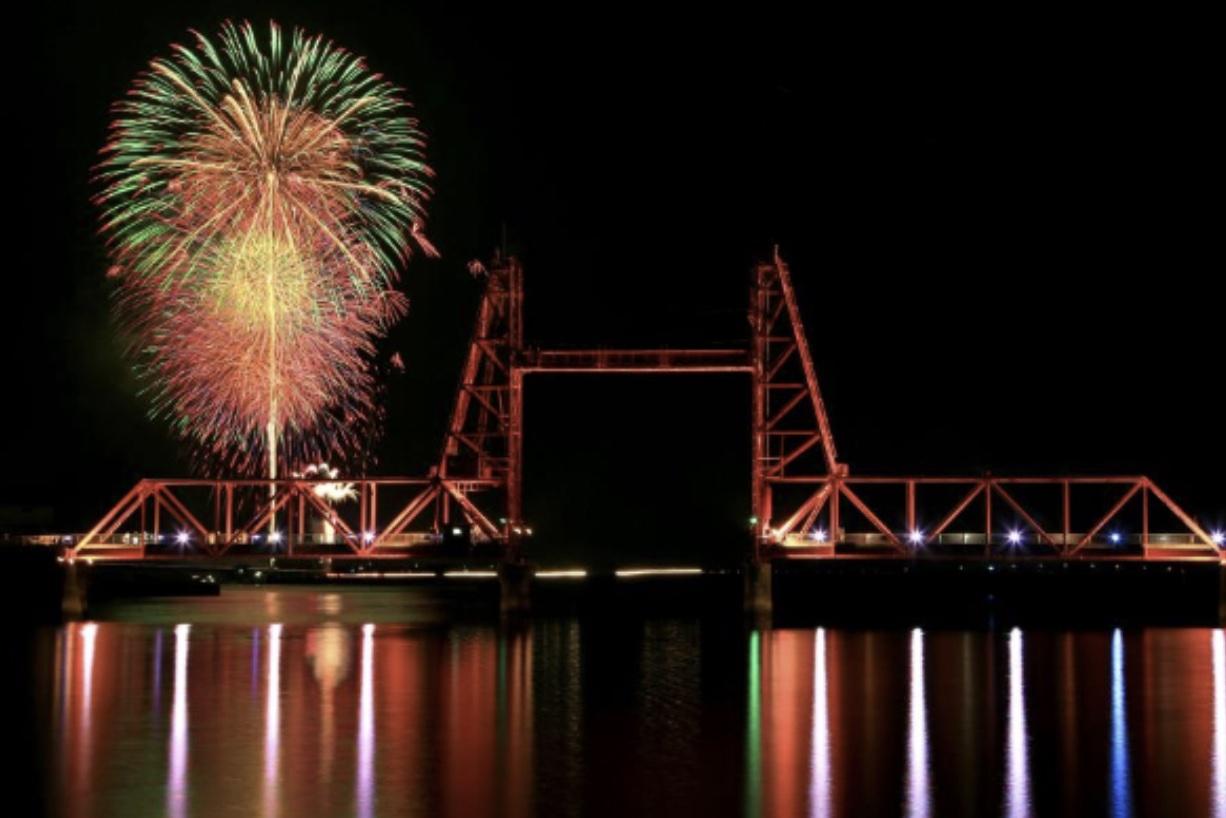
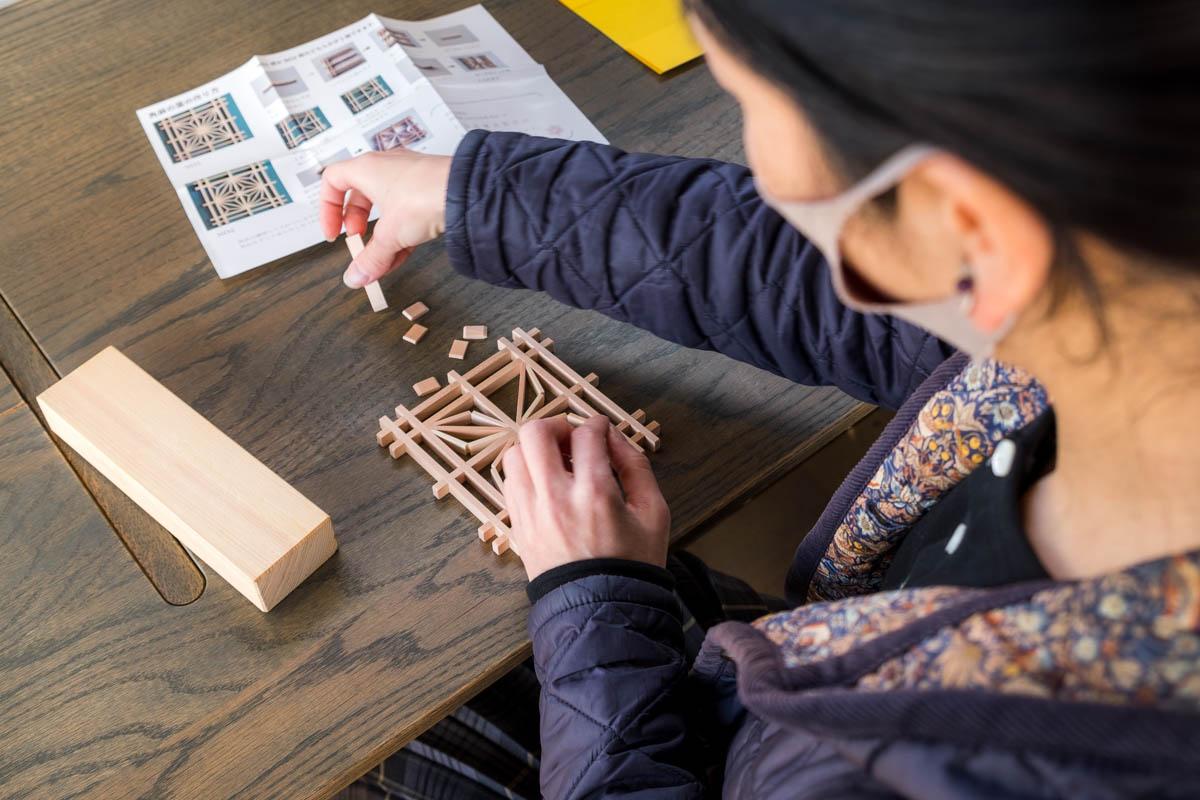
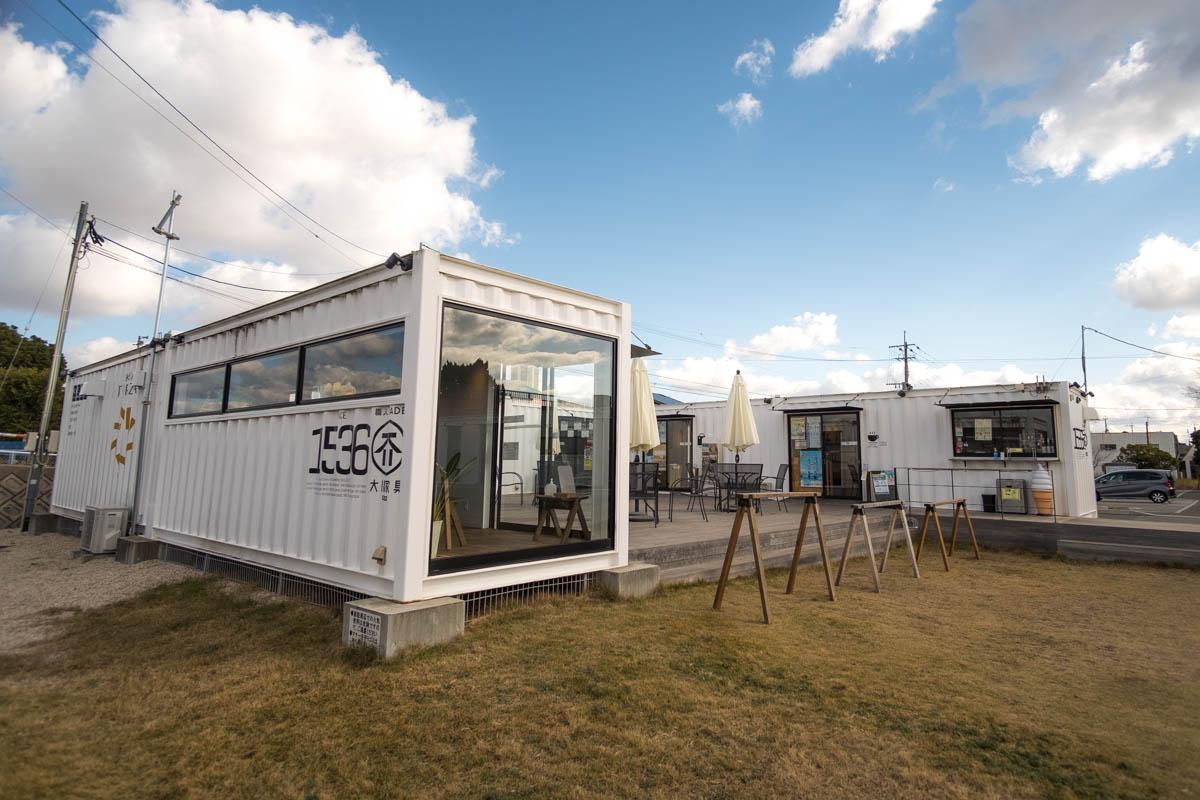
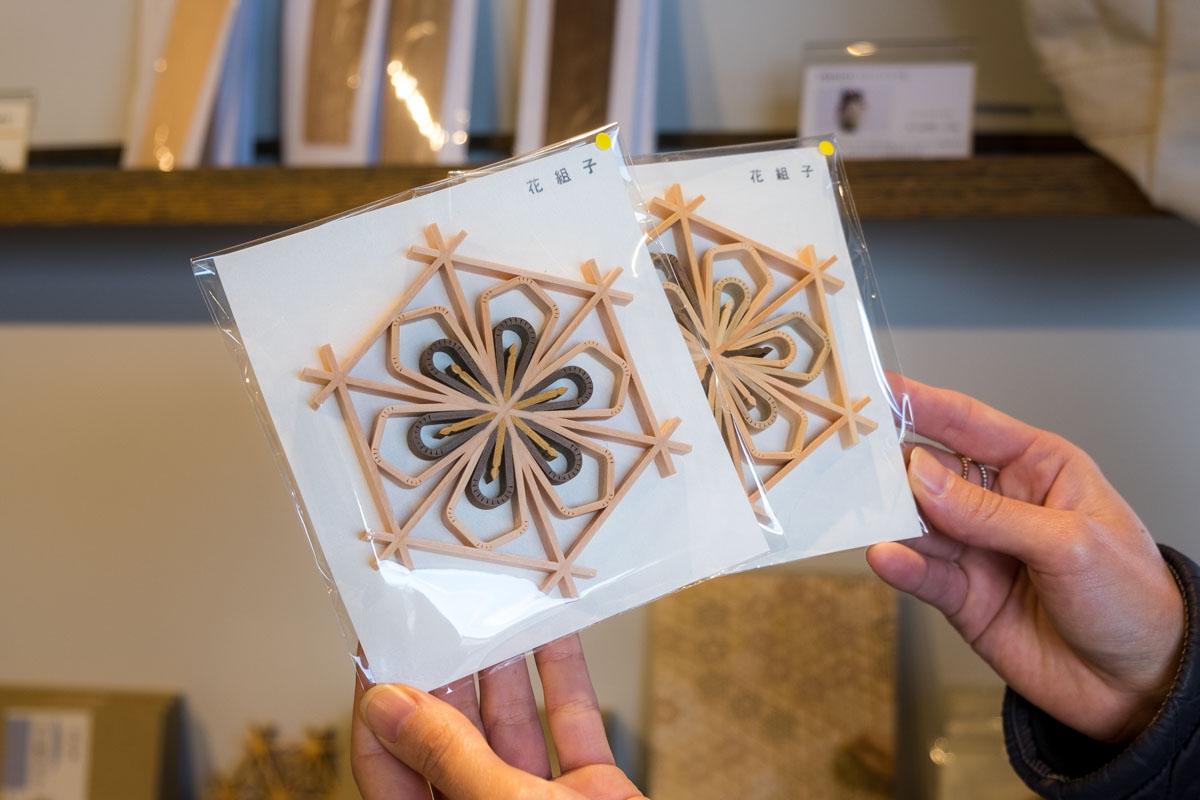
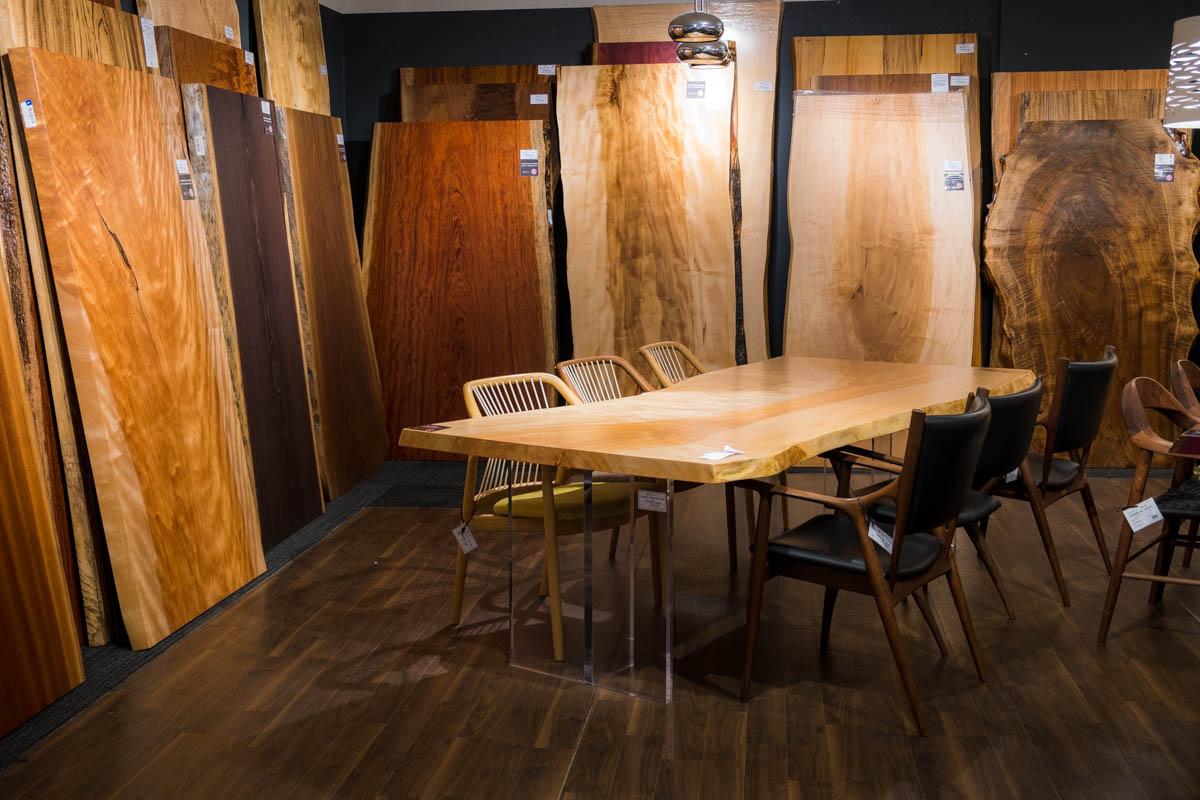
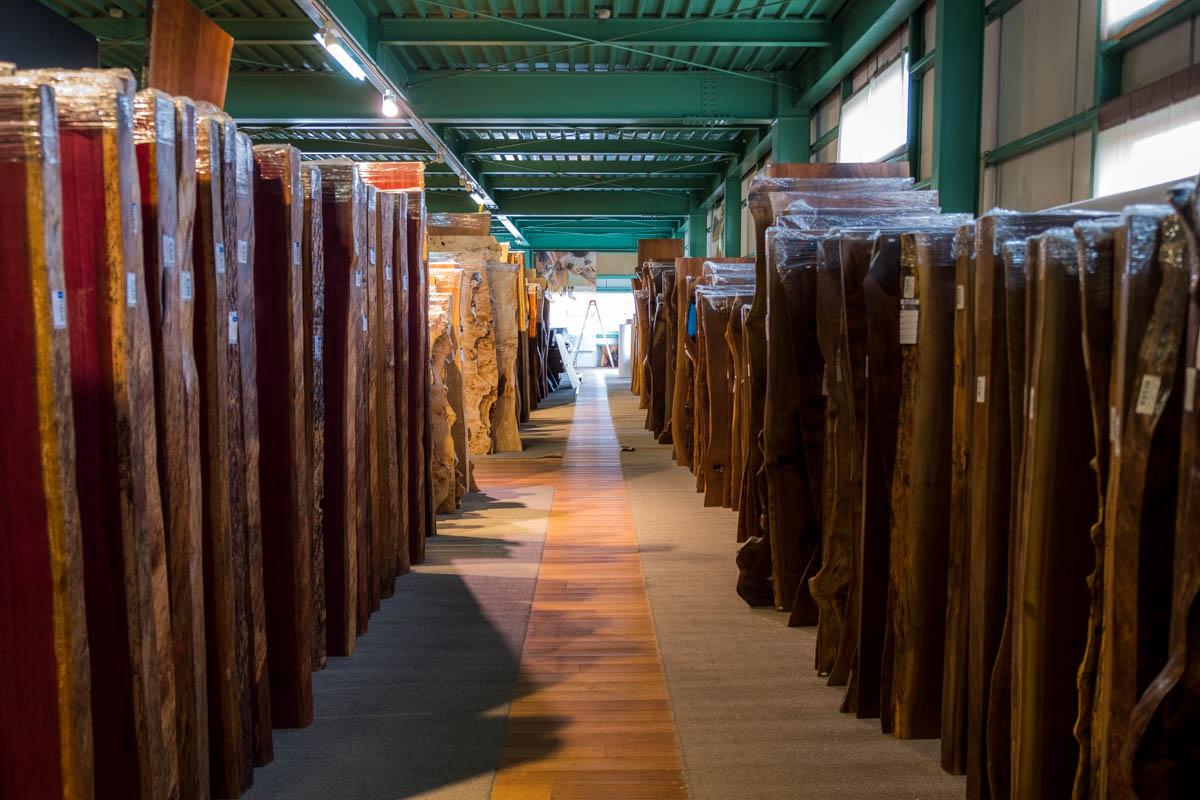
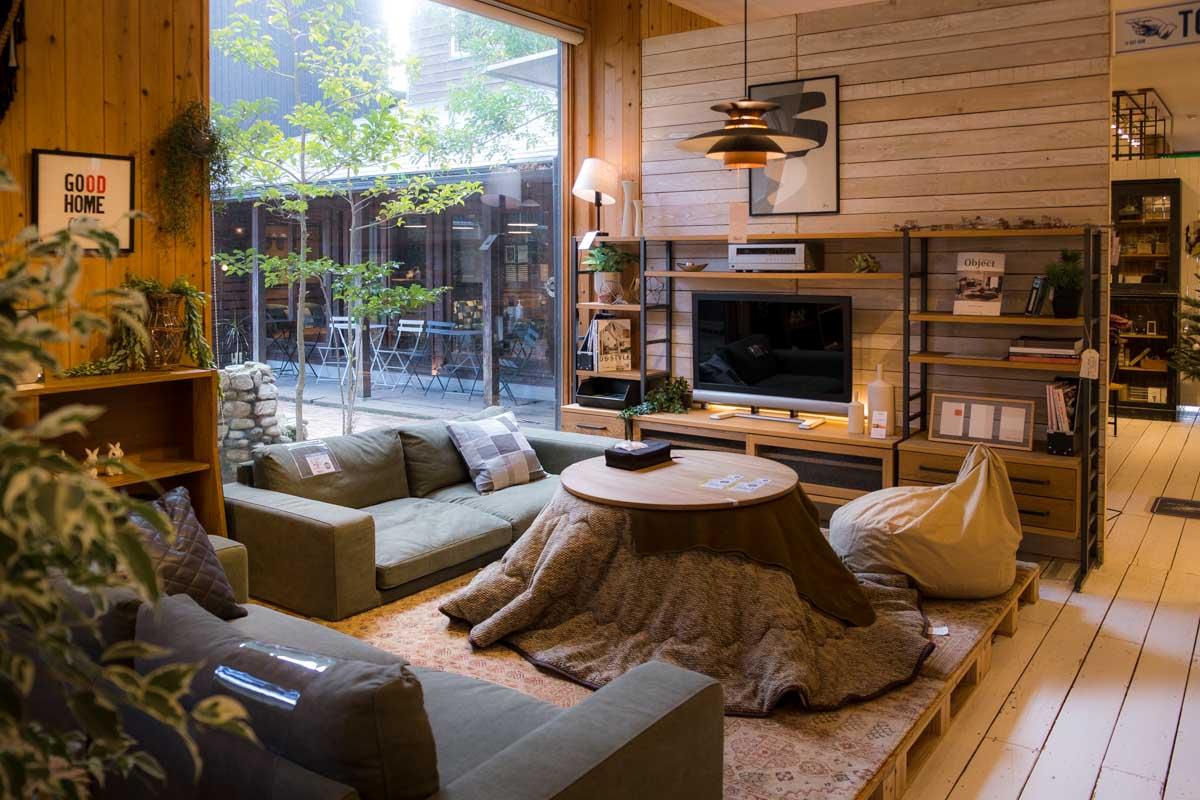
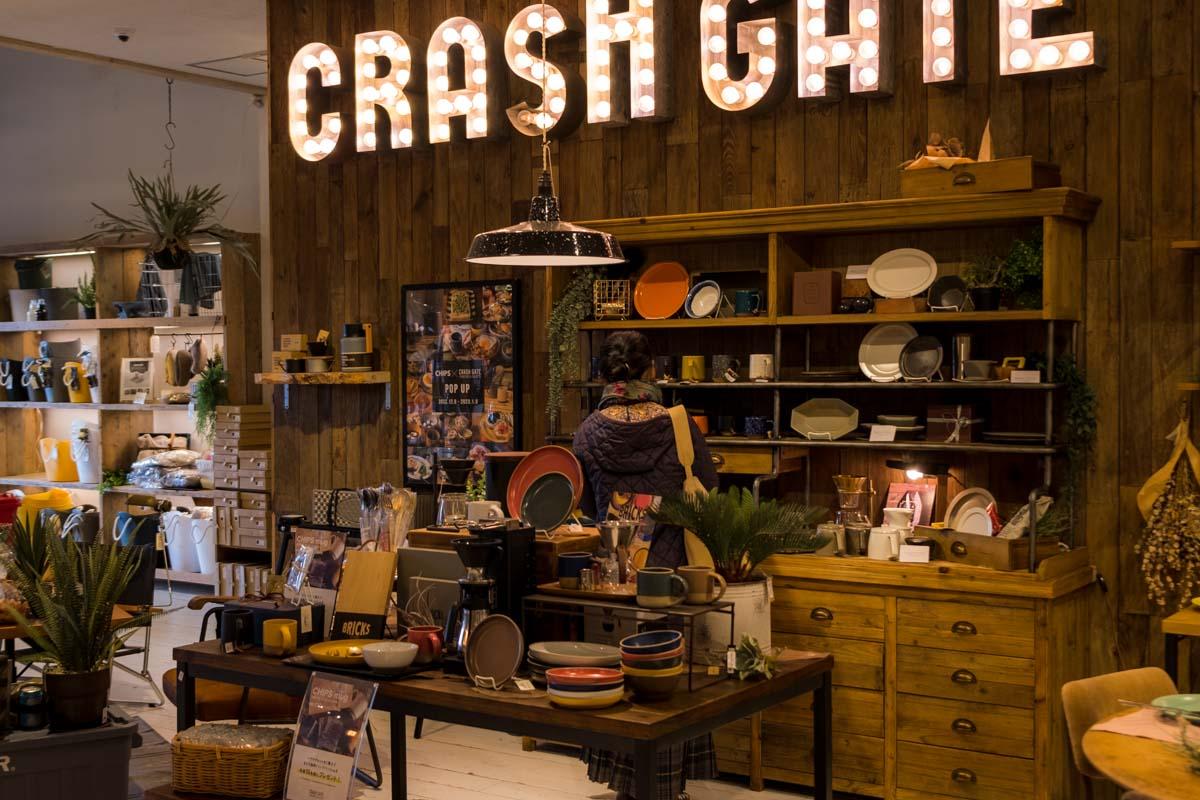
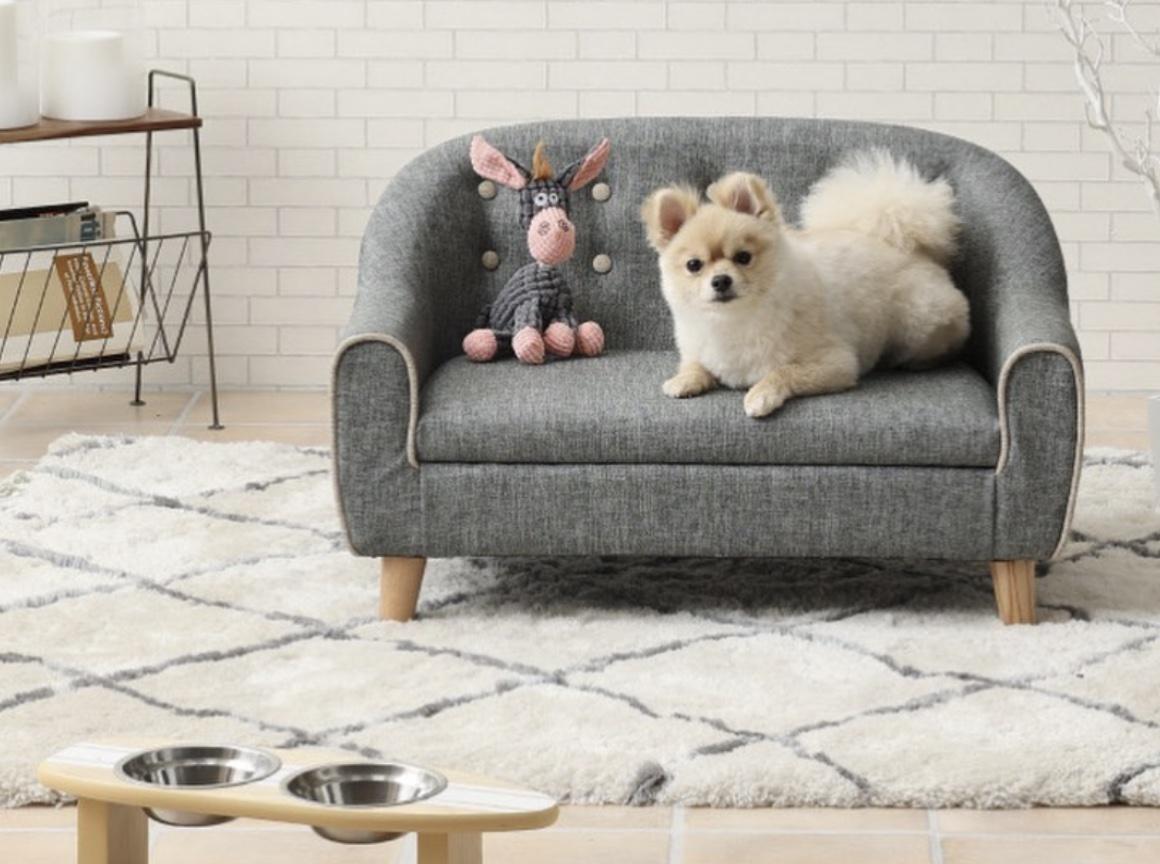
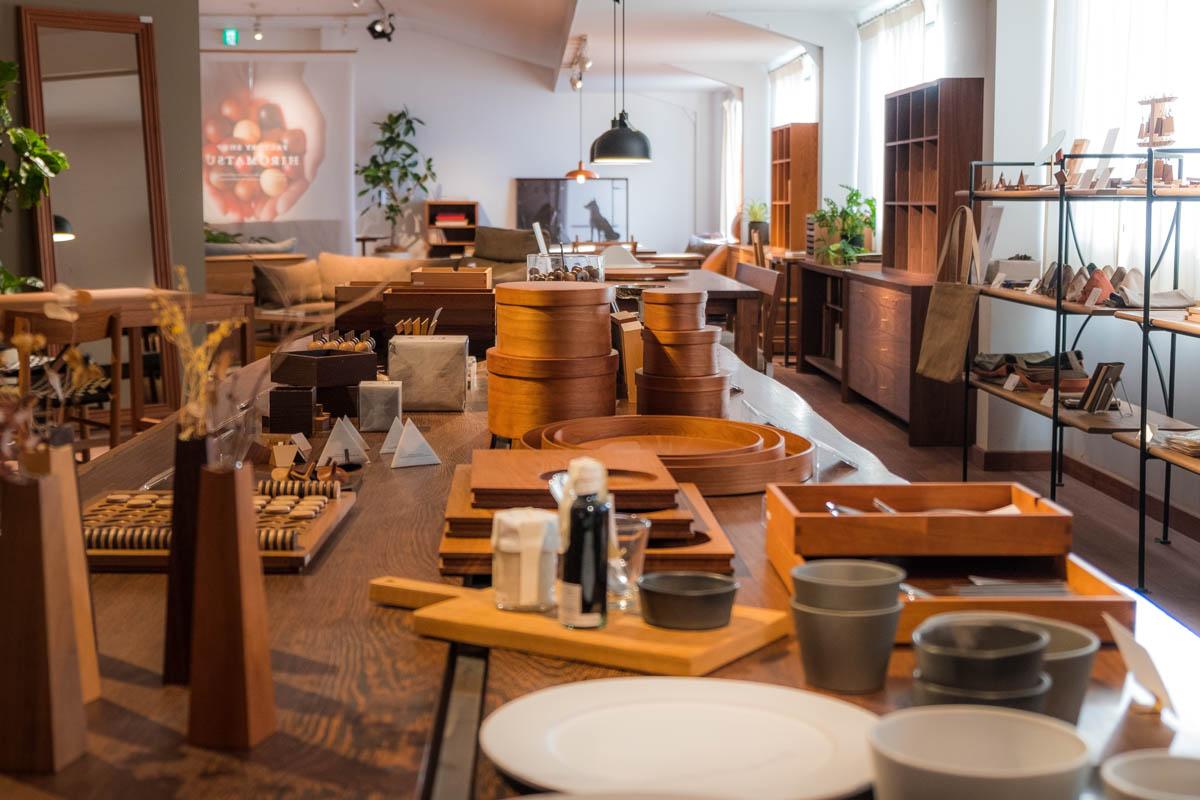
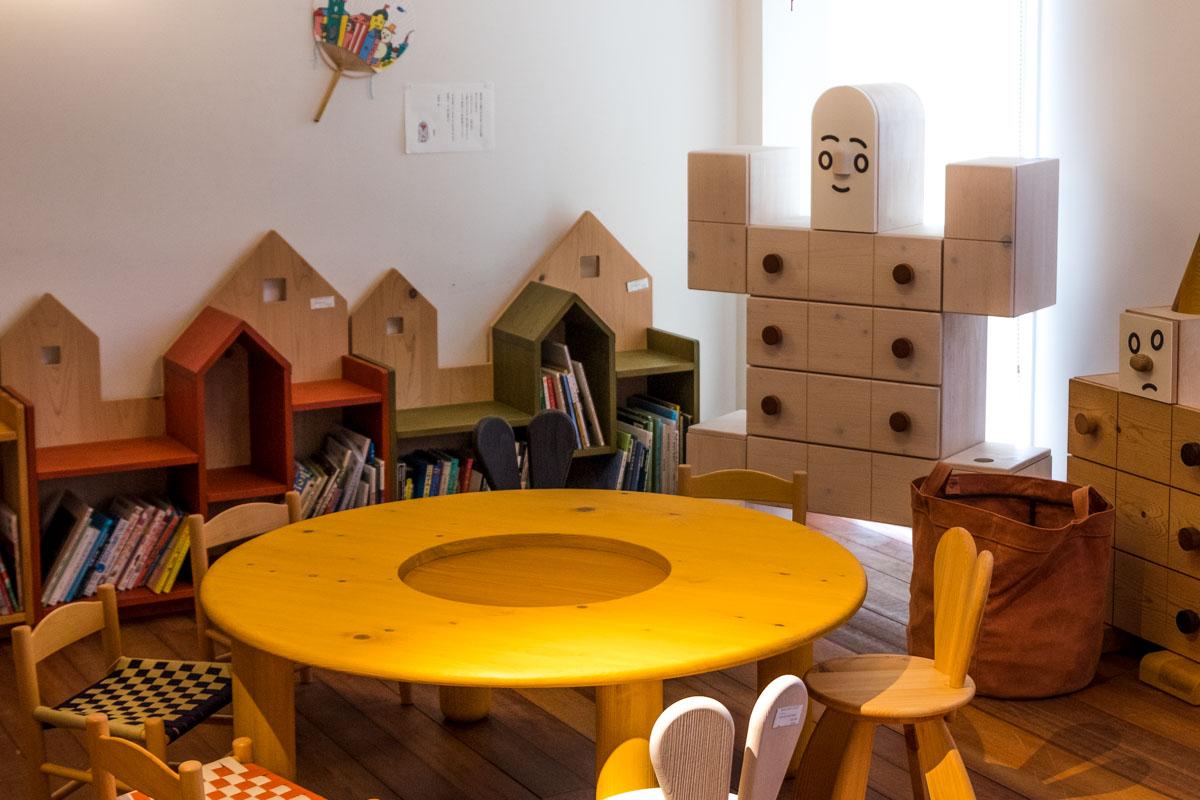
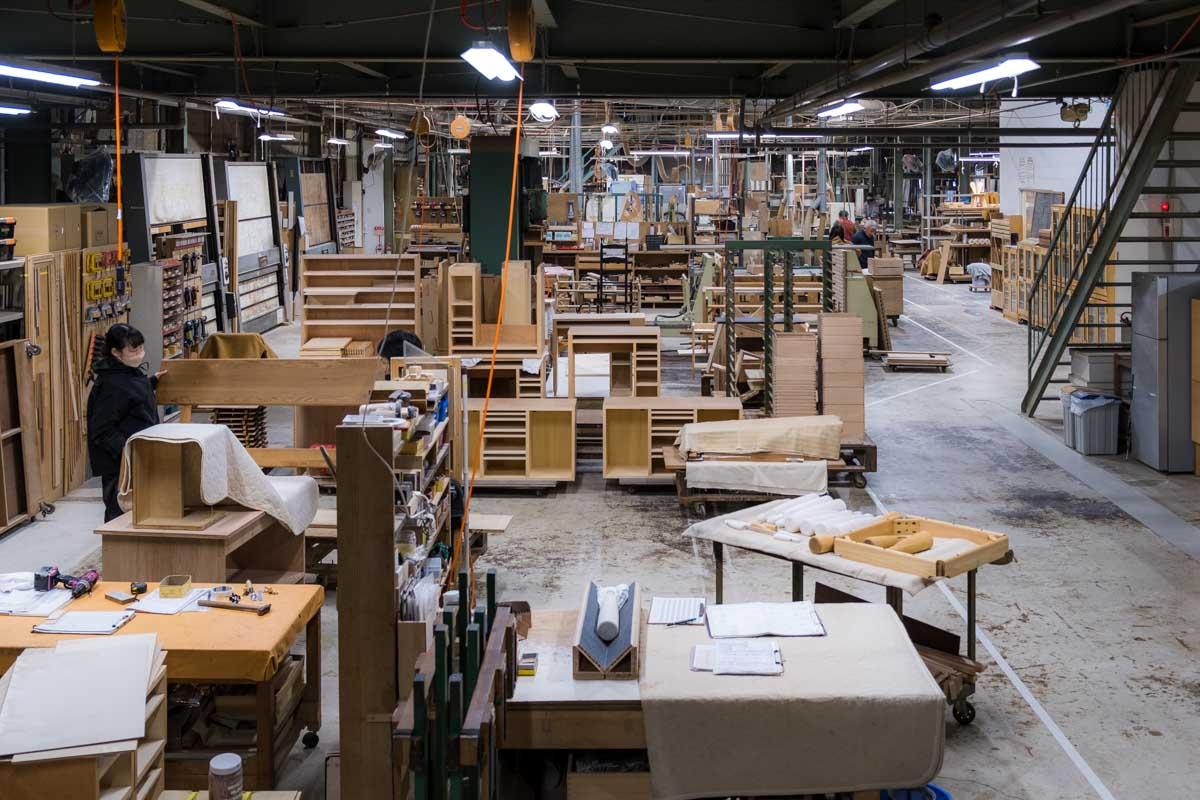
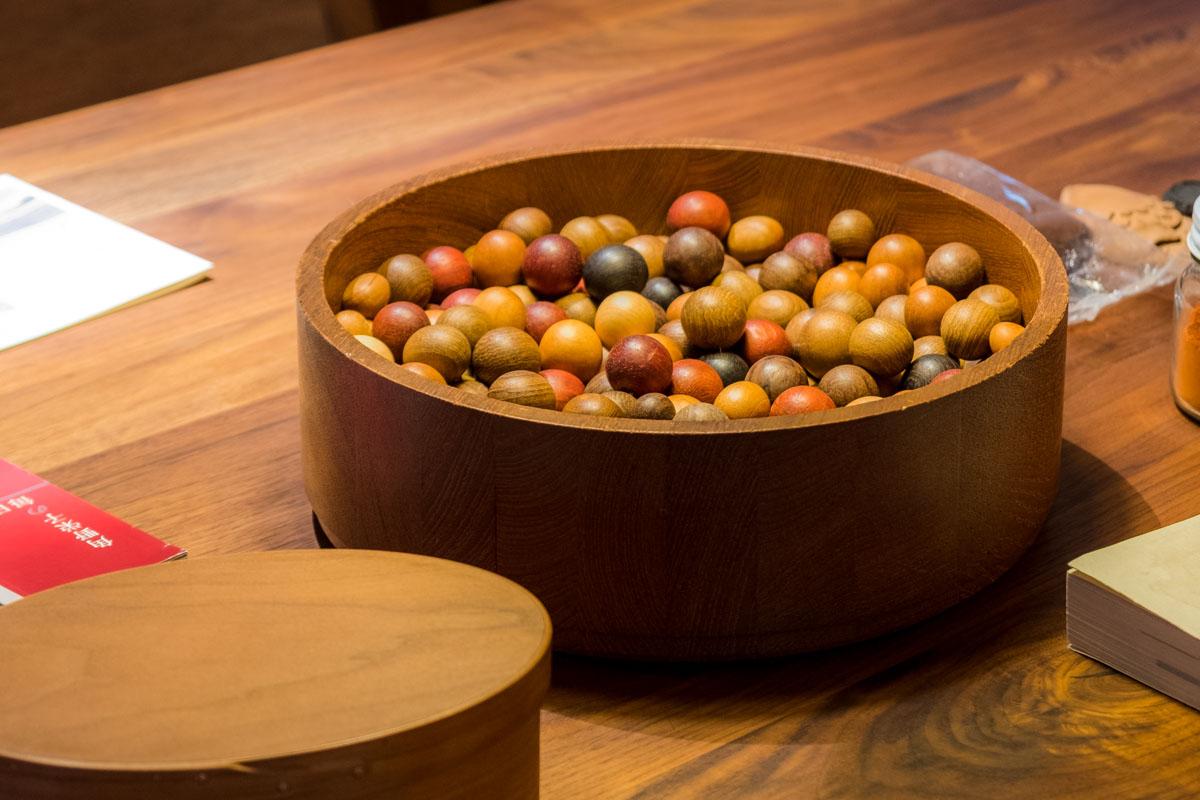
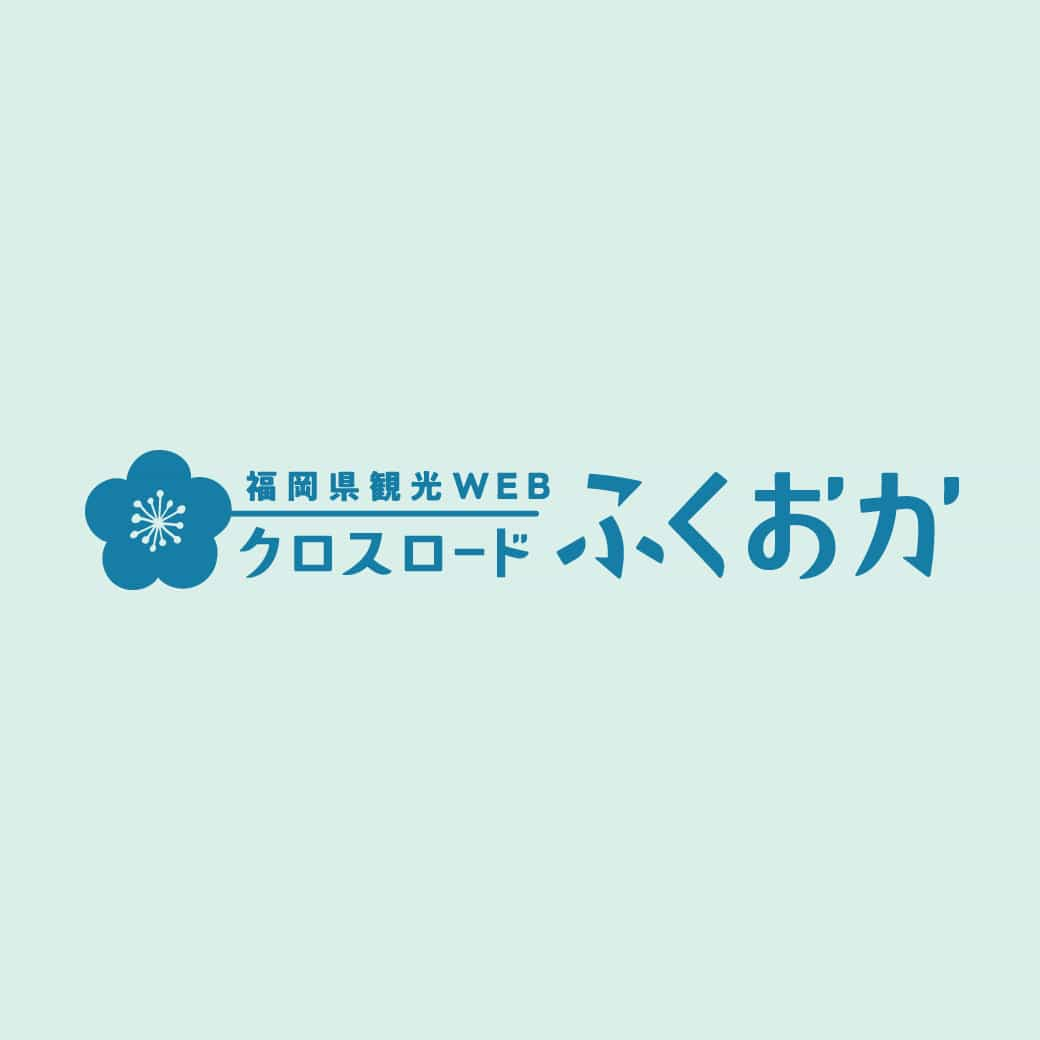
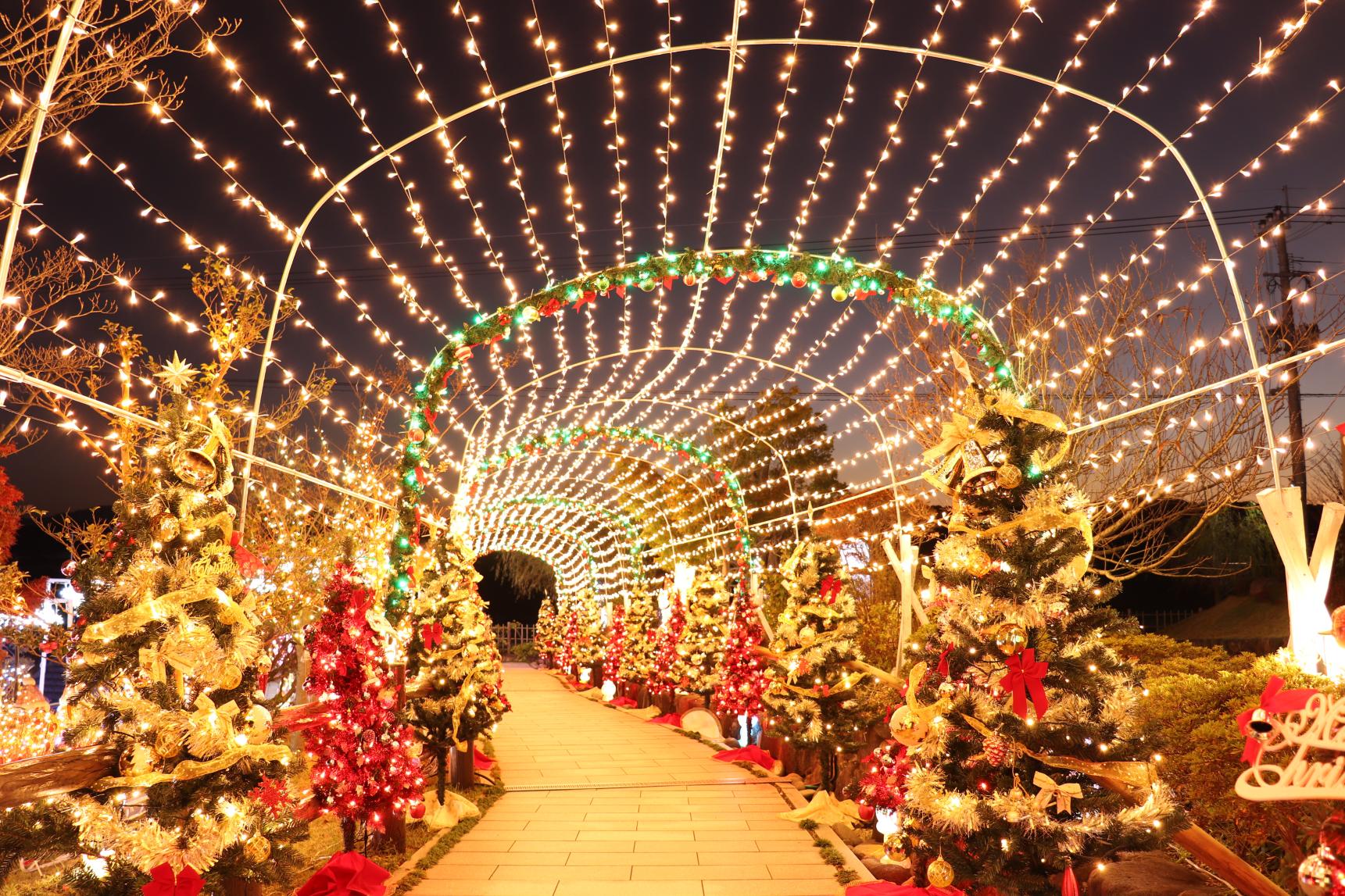
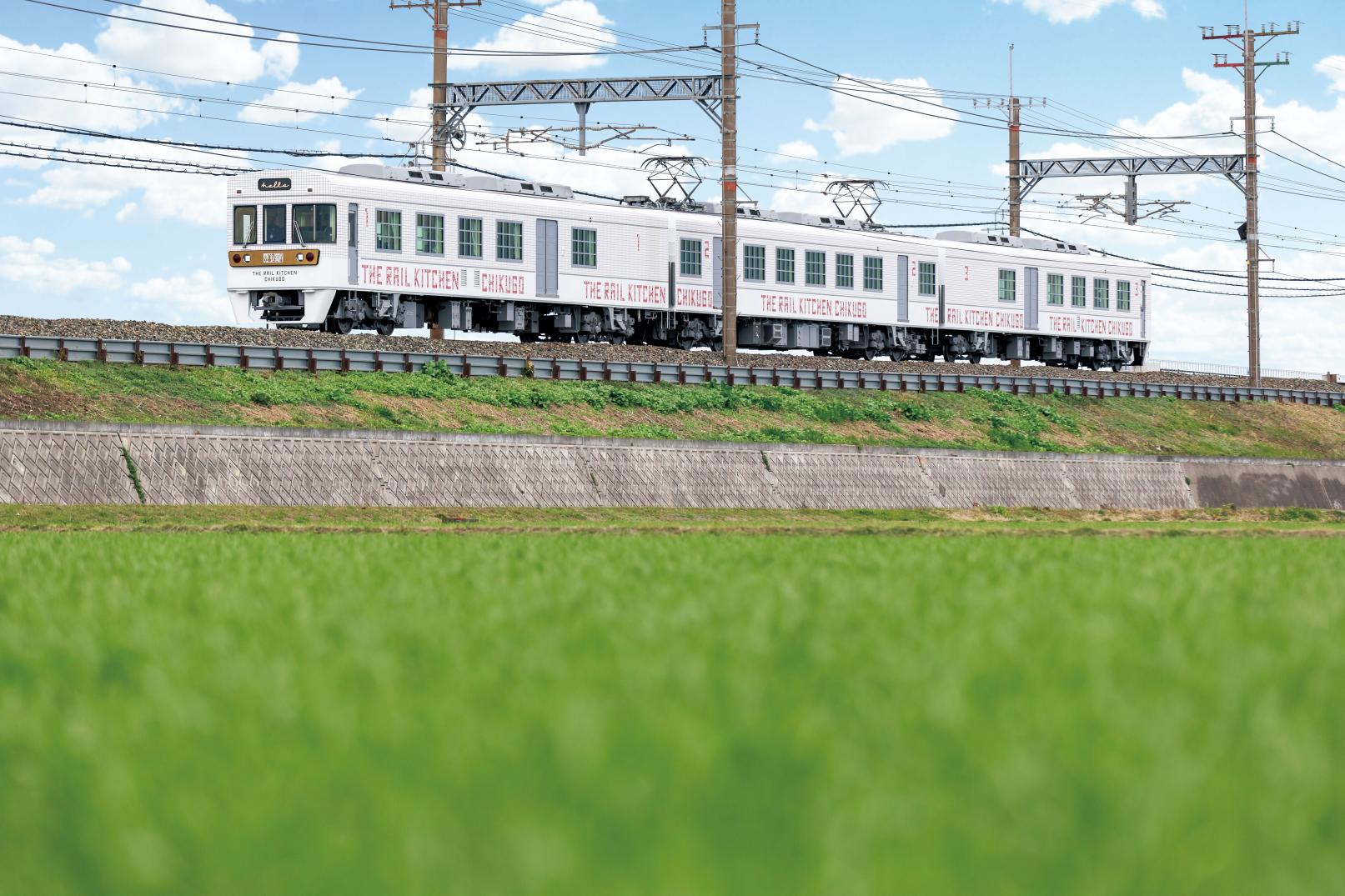
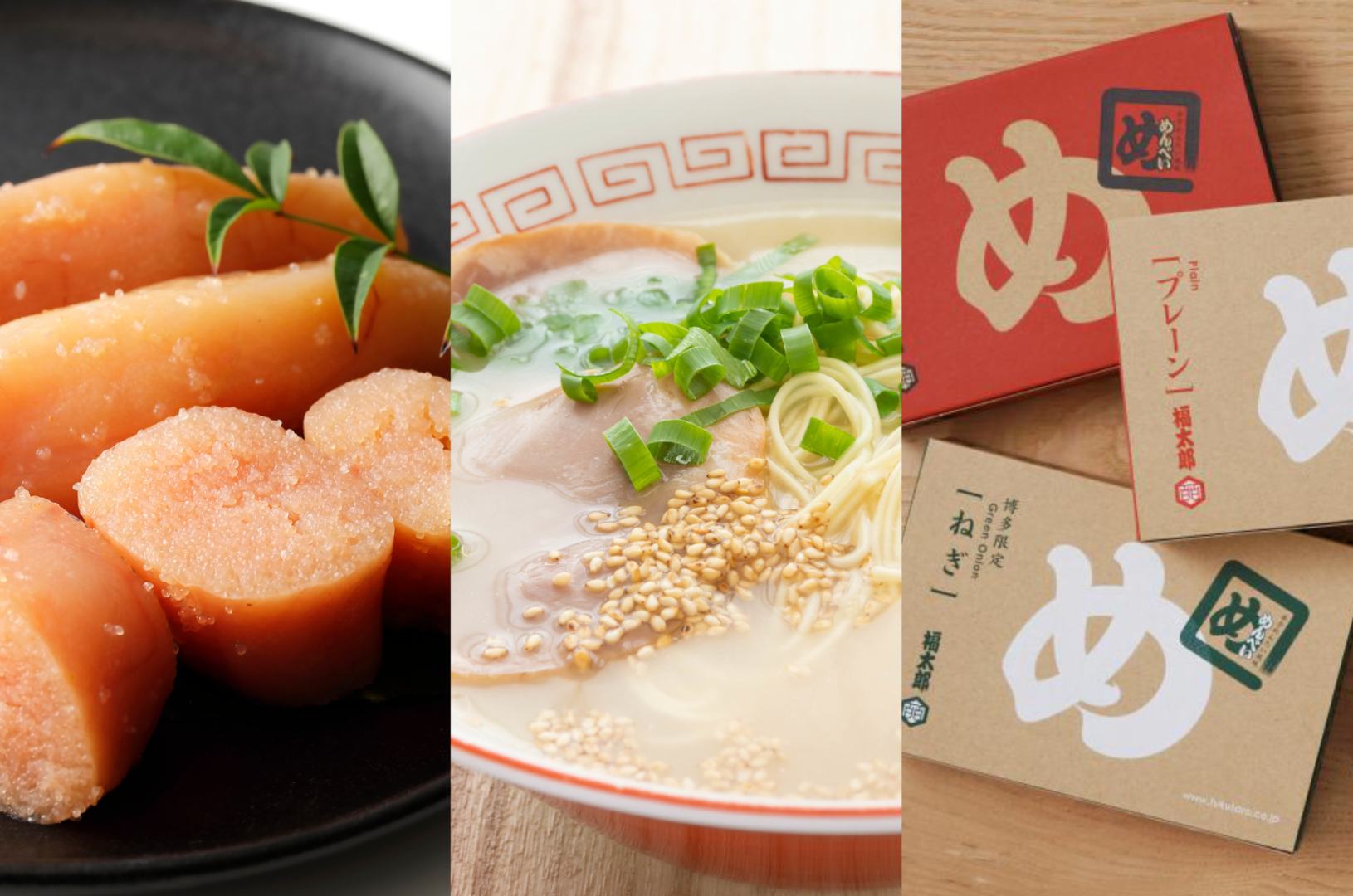
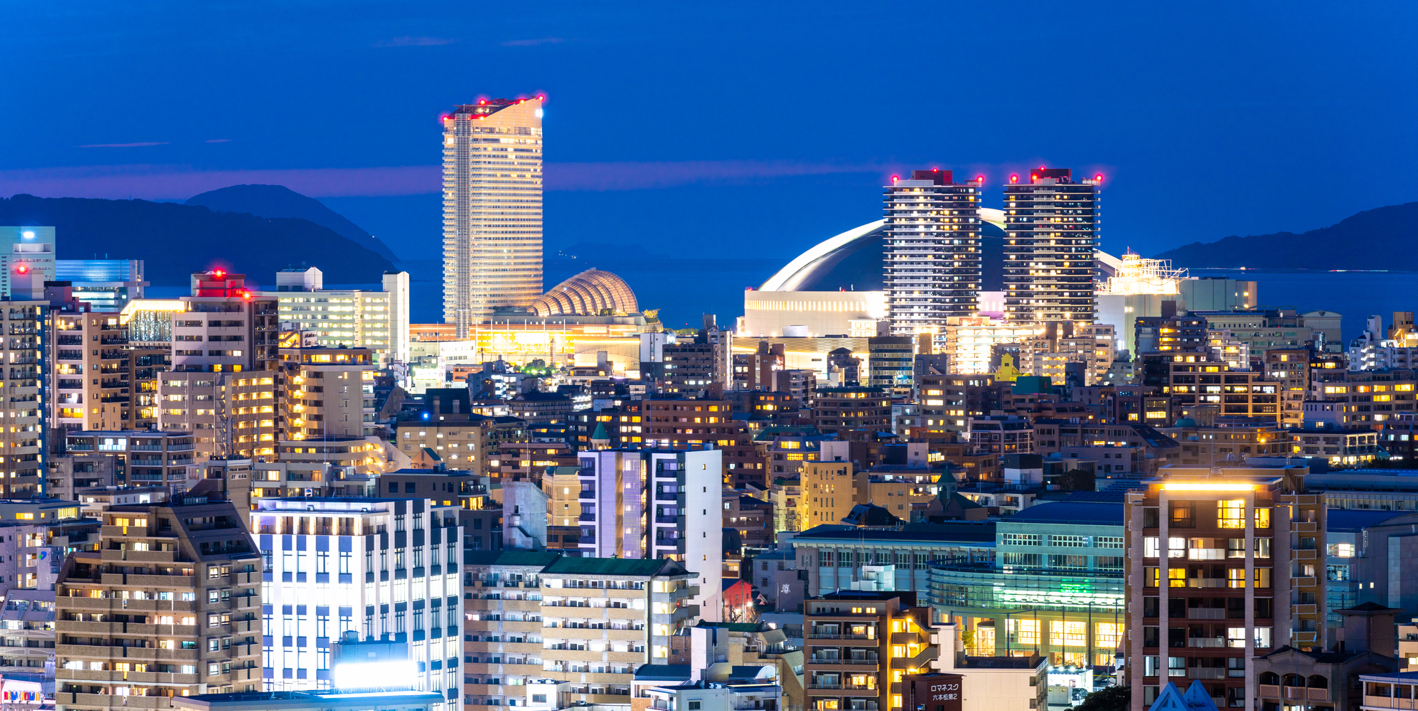
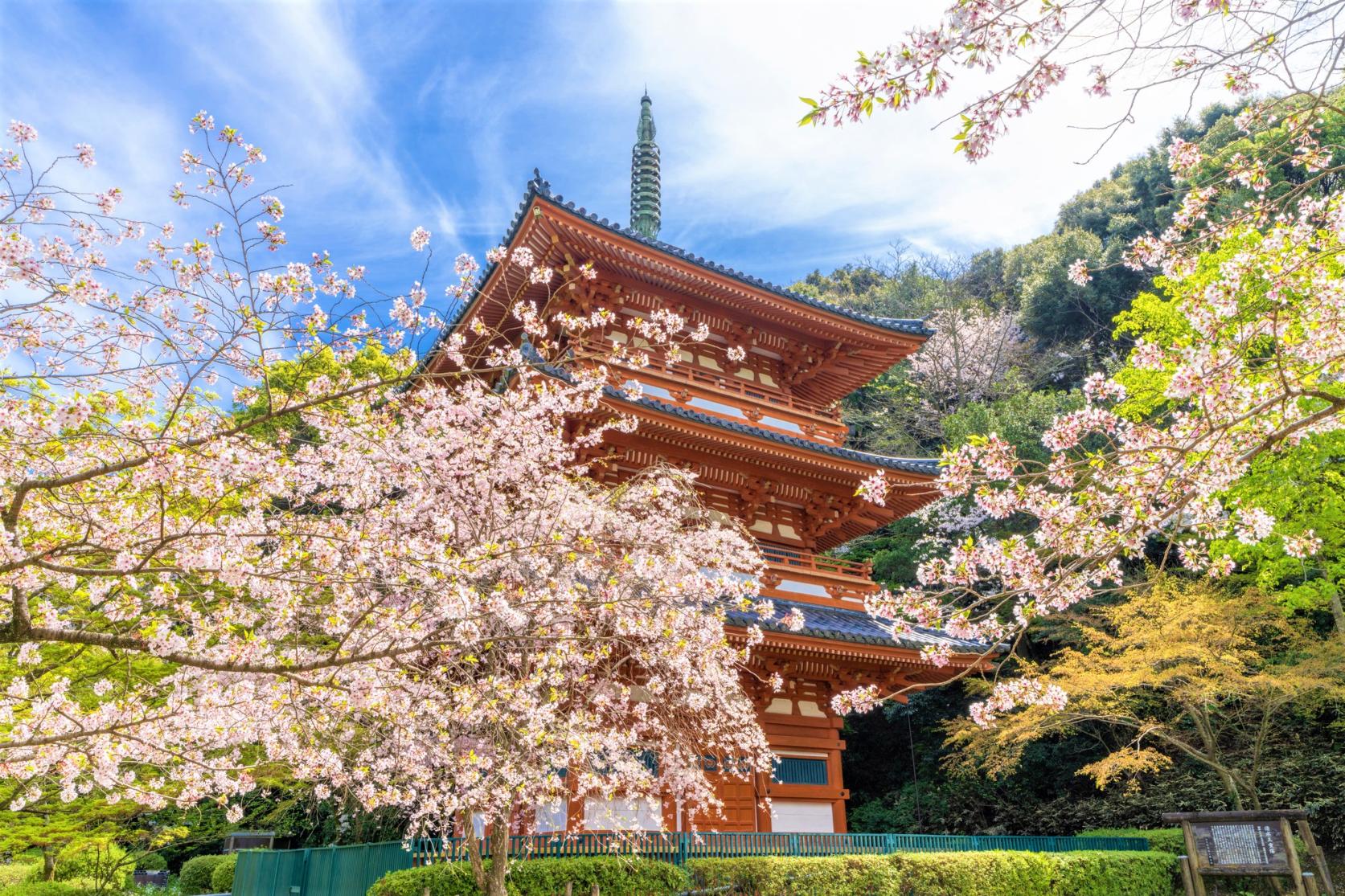
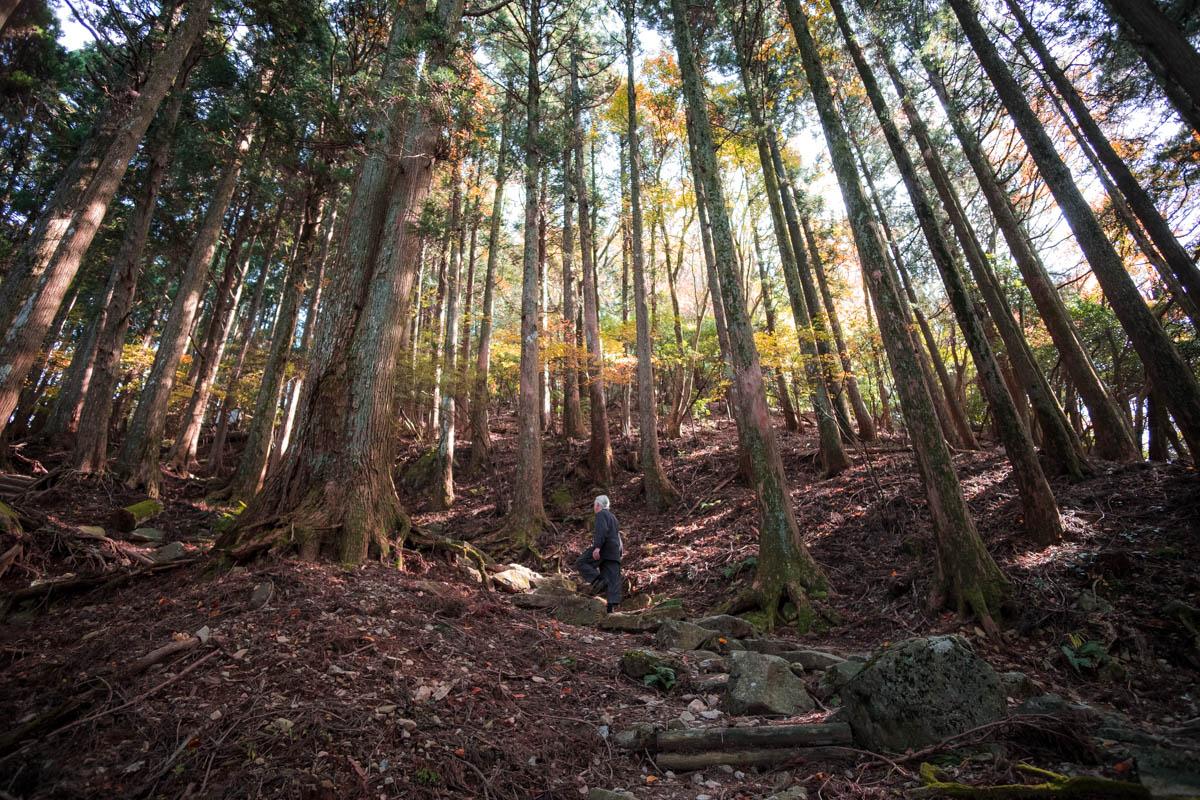
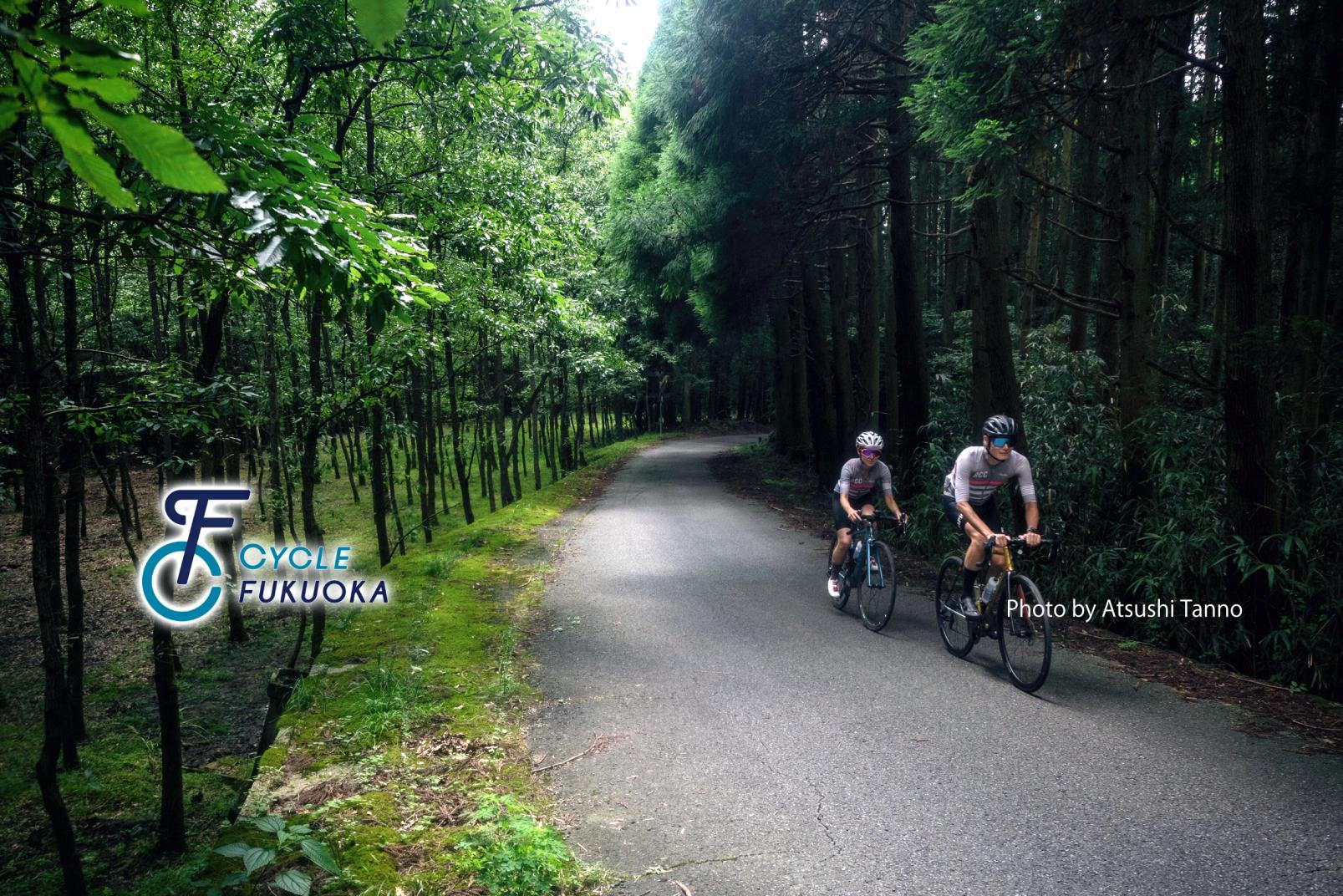
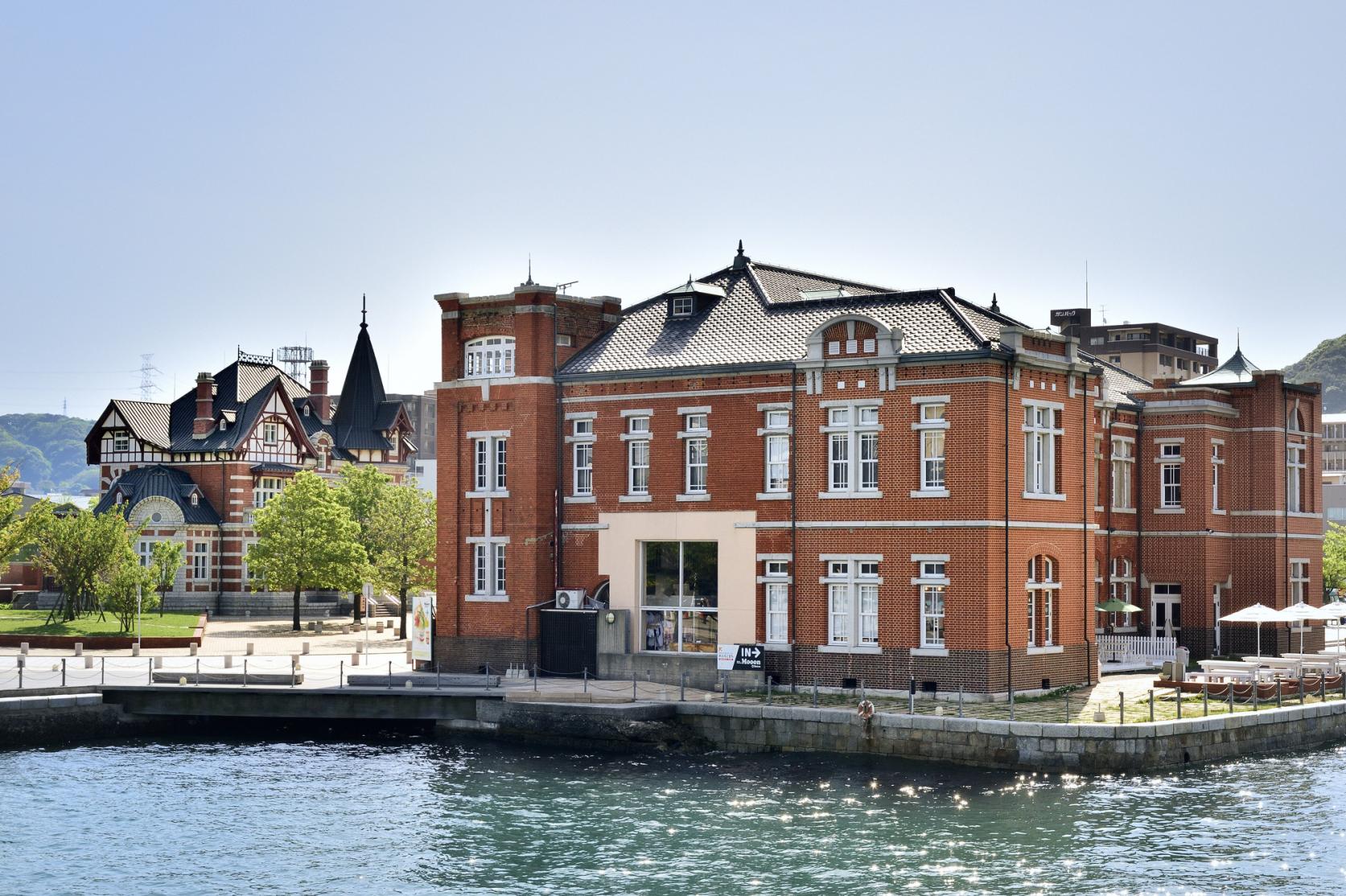
![[2024 Edition] The Best Places to See Cherry Blossoms in Fukuoka-1](https://www.crossroadfukuoka.jp/storage/special_features/38/responsive_images/q0hE9tjduBiHqz9D4hlPG9Rx4qnsyGjp3aFupoG1__1673_1115.jpg)
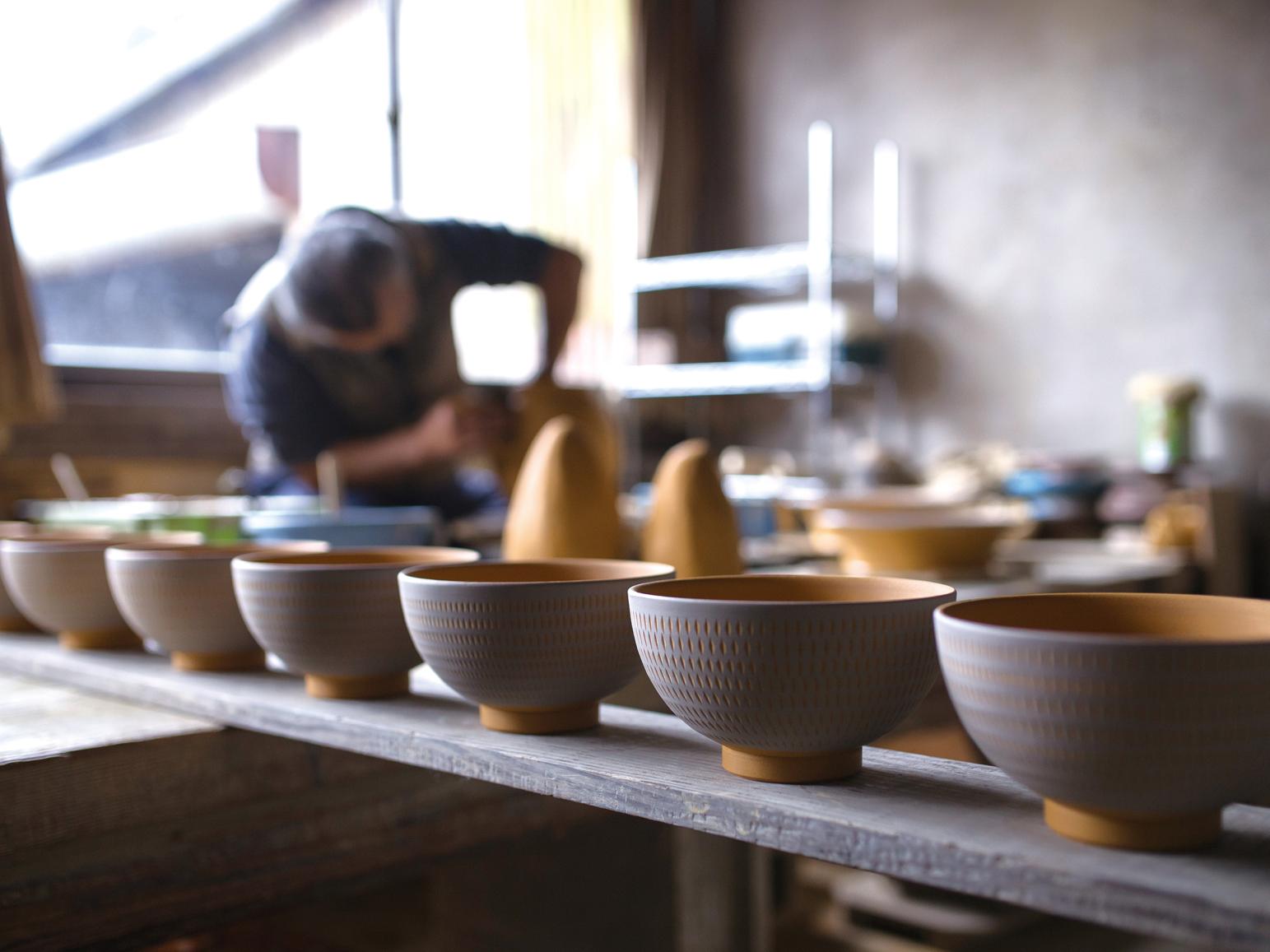
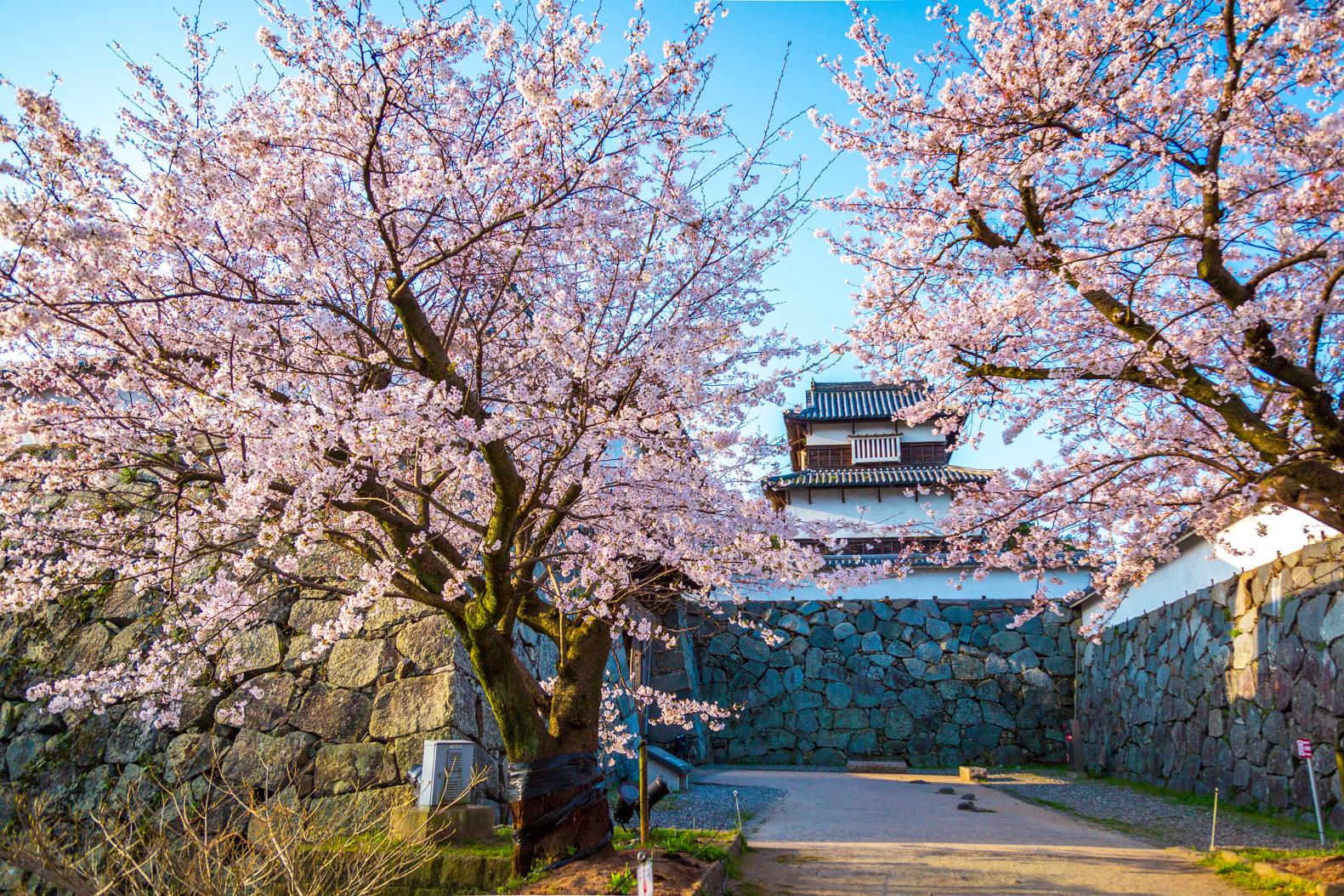
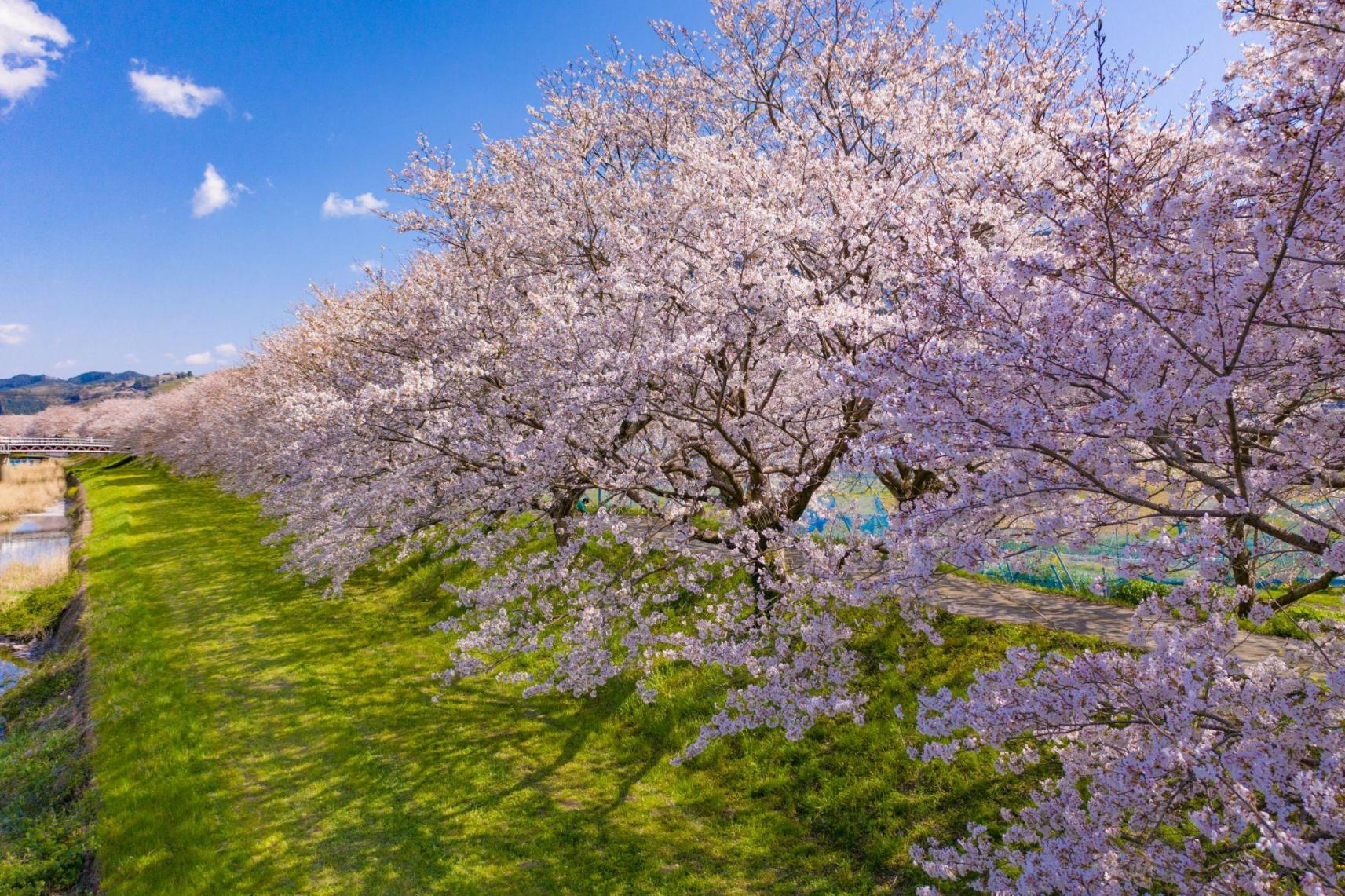
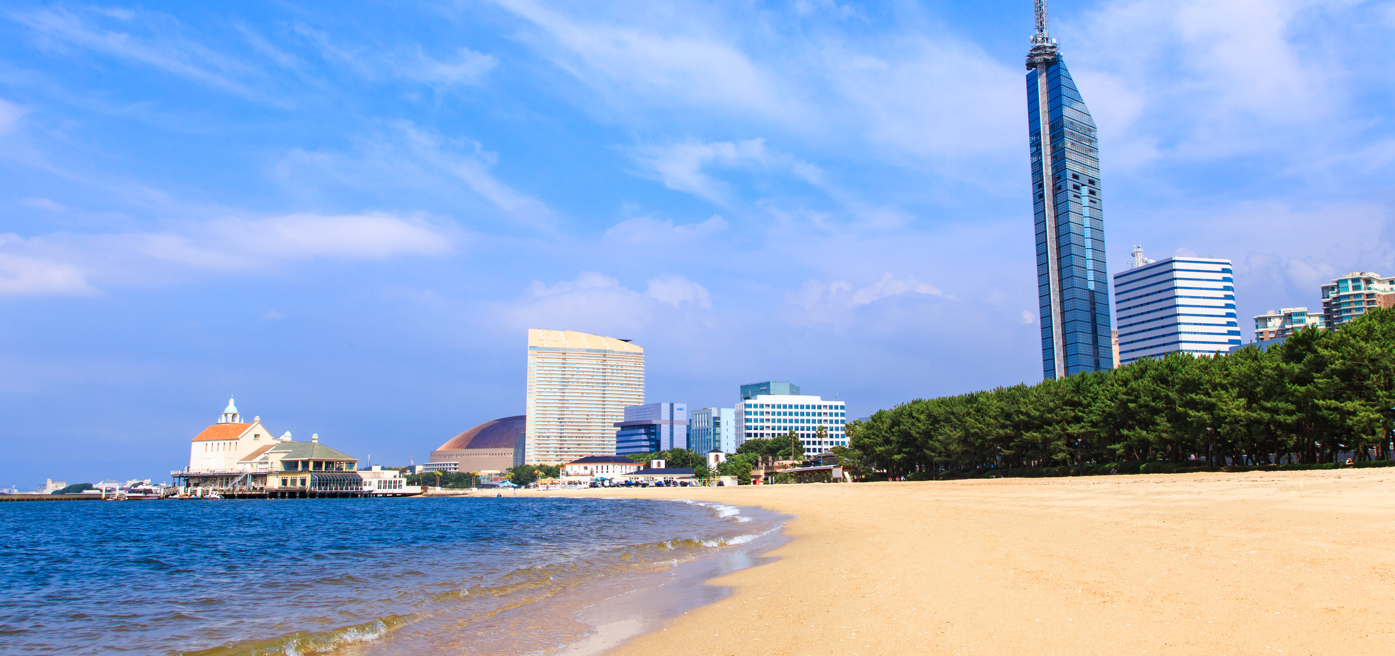
![[2023 Edition] Strawberry Picking Spots in Fukuoka-1](https://www.crossroadfukuoka.jp/storage/special_features/49/responsive_images/9ZHgrqvQdpH8tM4IRF54DXu0aPBF3YGGkj5WOTGc__1673_1115.jpg)
